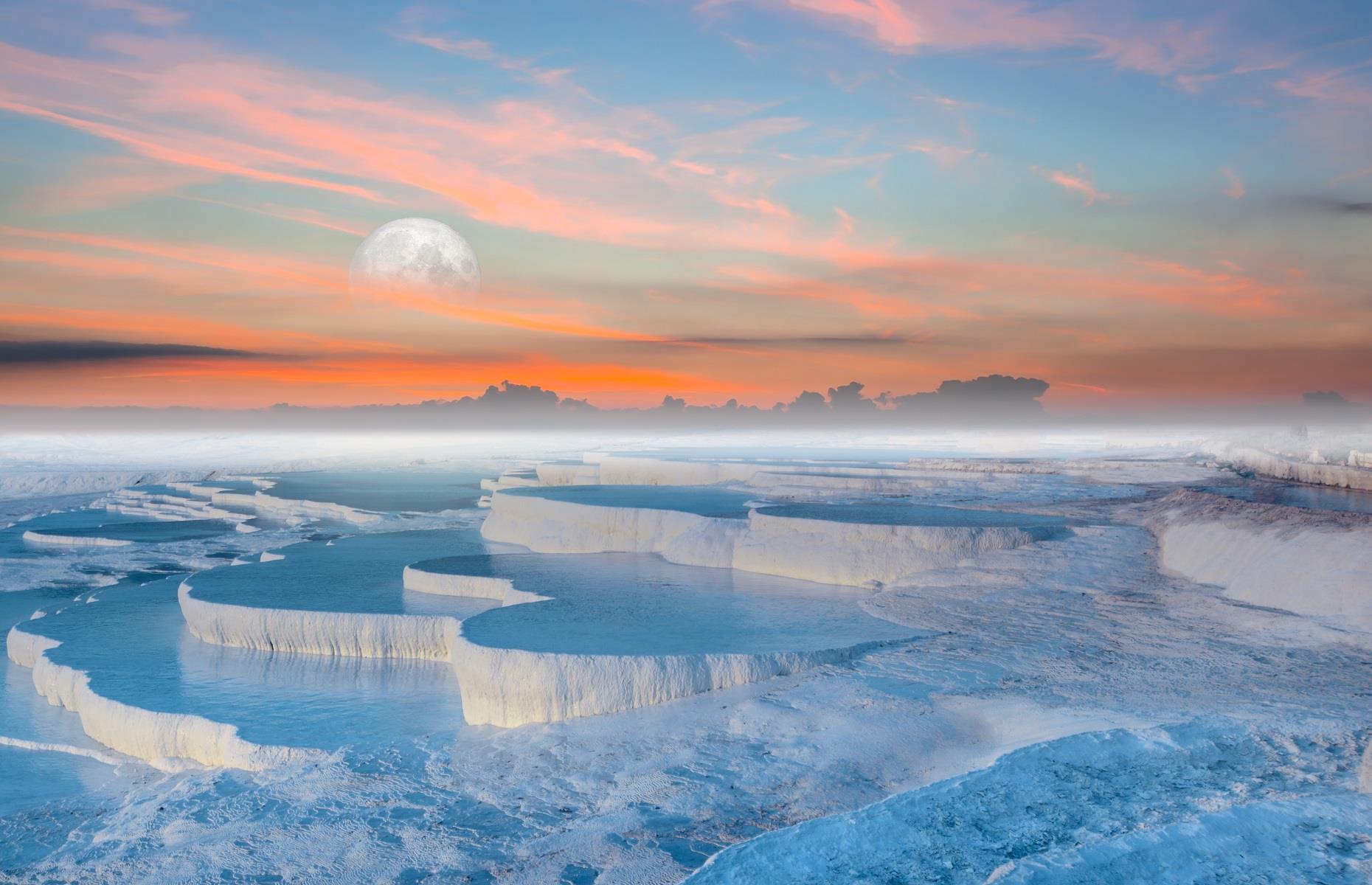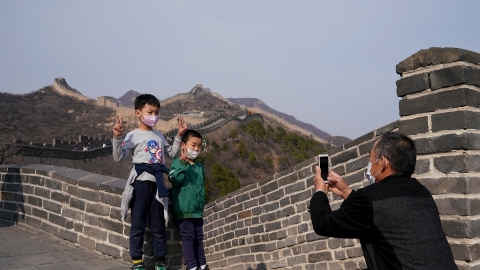Anse Source D'Argent, Seychelles

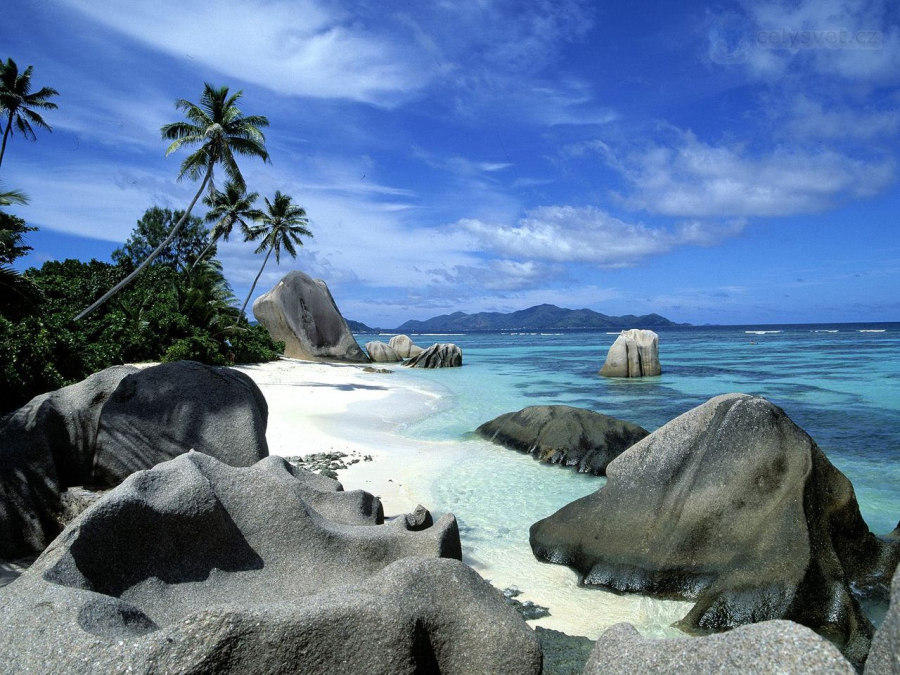

Anse Source D'Argent is located in Seychelles, an island nation in the Indian Ocean. Lonely Planet rates Anse Source D'Argent as one of the most beautiful beaches in the world with crystal clear waters and impressive rock formations. The beach has a simple beauty with a long rocky beach on the shore of the Indian Ocean, making it a "perfect day" for you.
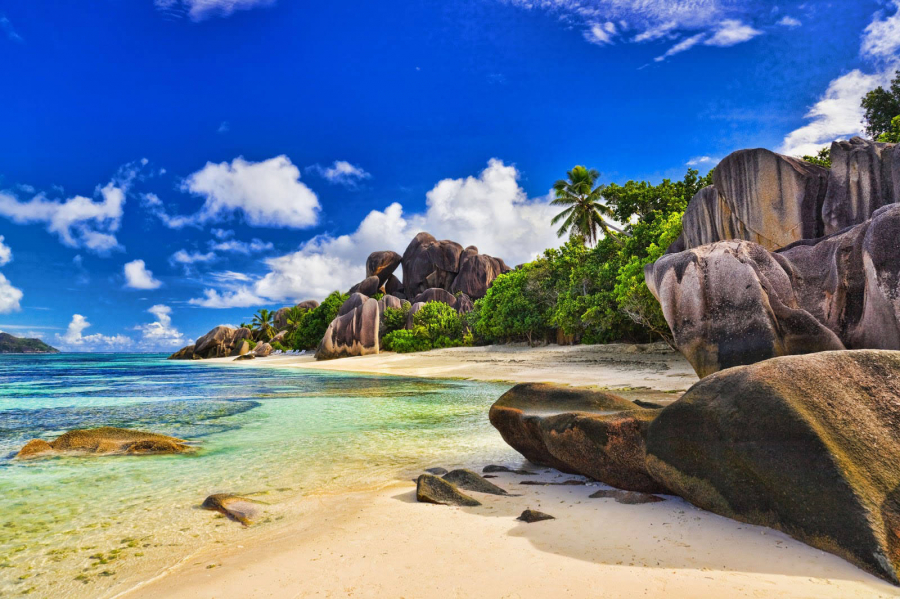
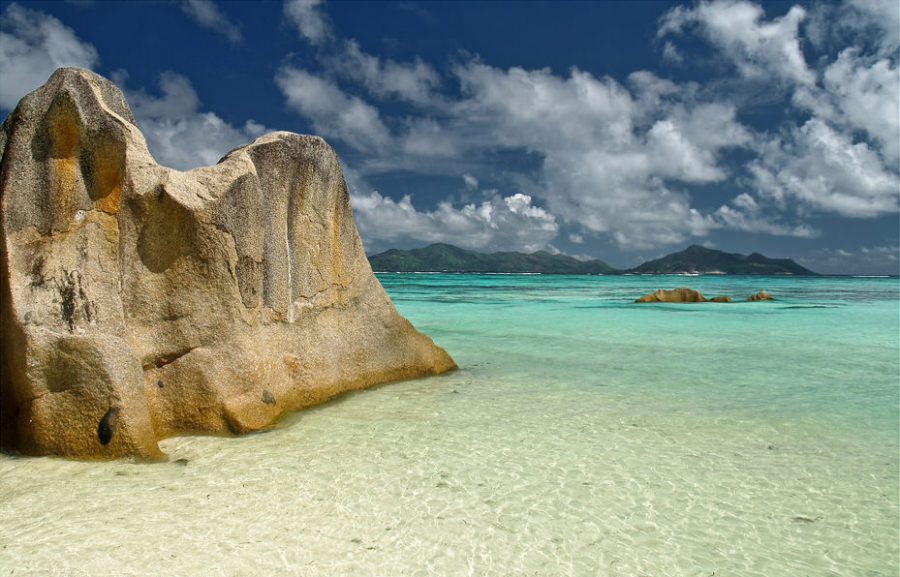
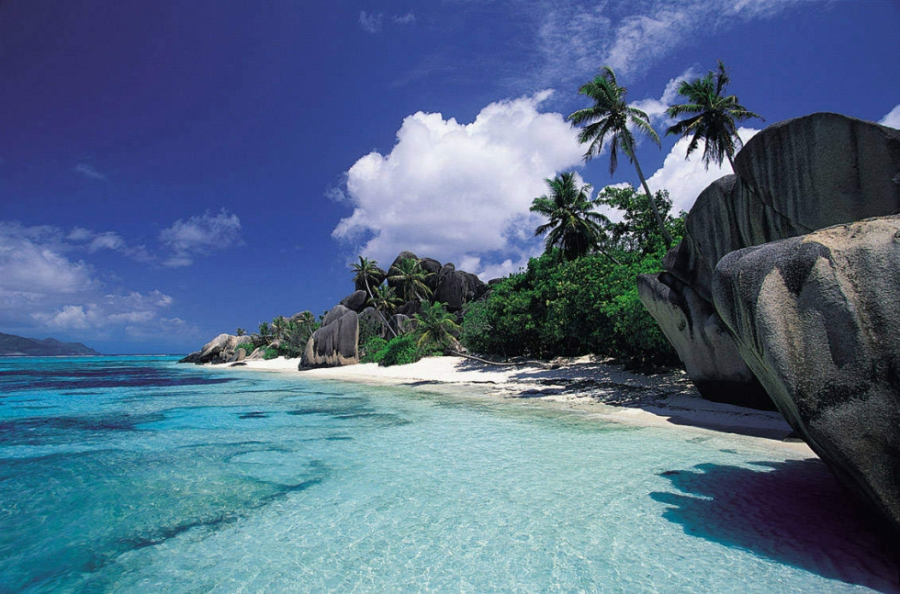
This beach is located near the marina on La Digue Island, one of the 115 islands that make up the Seychelles archipelago, and is a popular destination for international tourists visiting the area.
Devil's Pool, Zambia
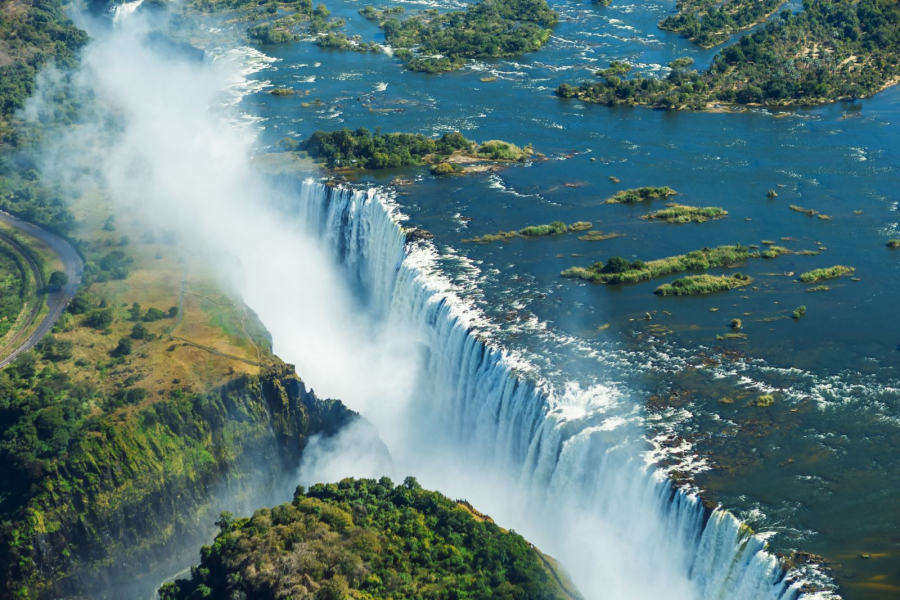
Located on the border of Zambia and Zimbabwe, Devil's Pool is one of the must-see places in Africa. It has been recognized by UNESCO as a World Natural Heritage. It is not surprising that it is also named in this book and is called a unique water wonder.
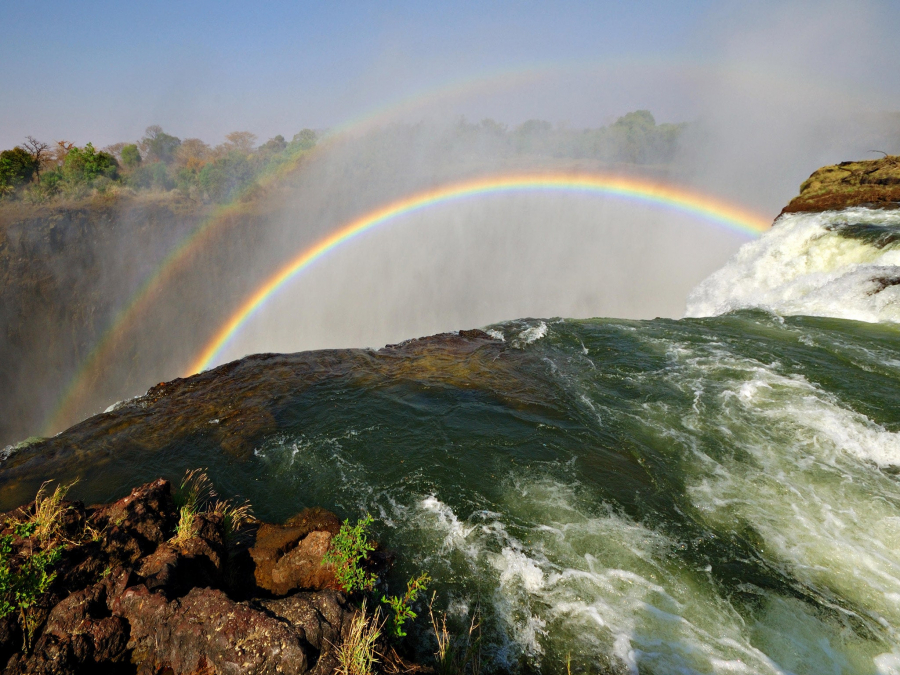
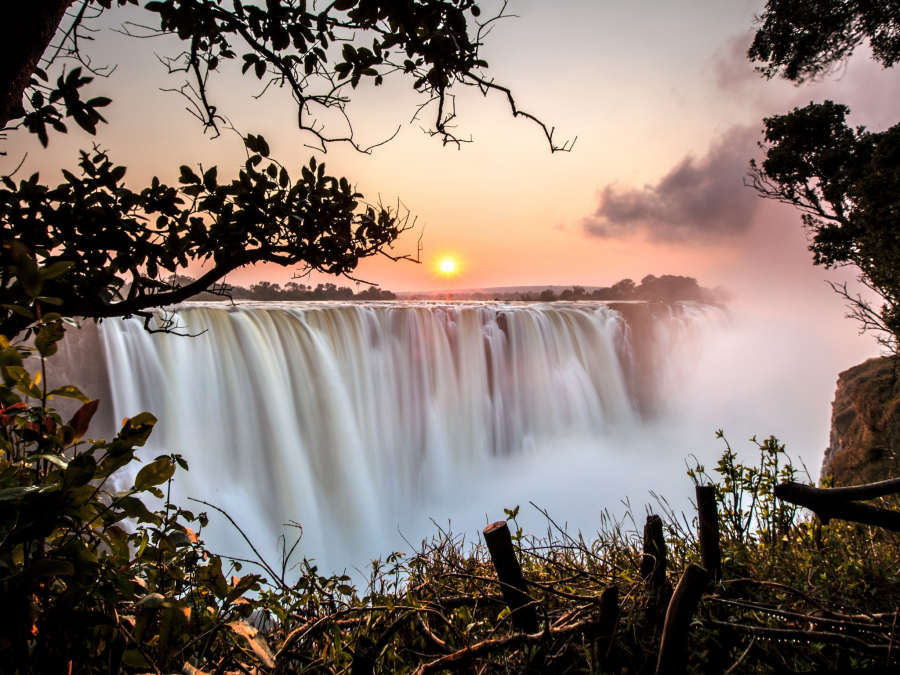
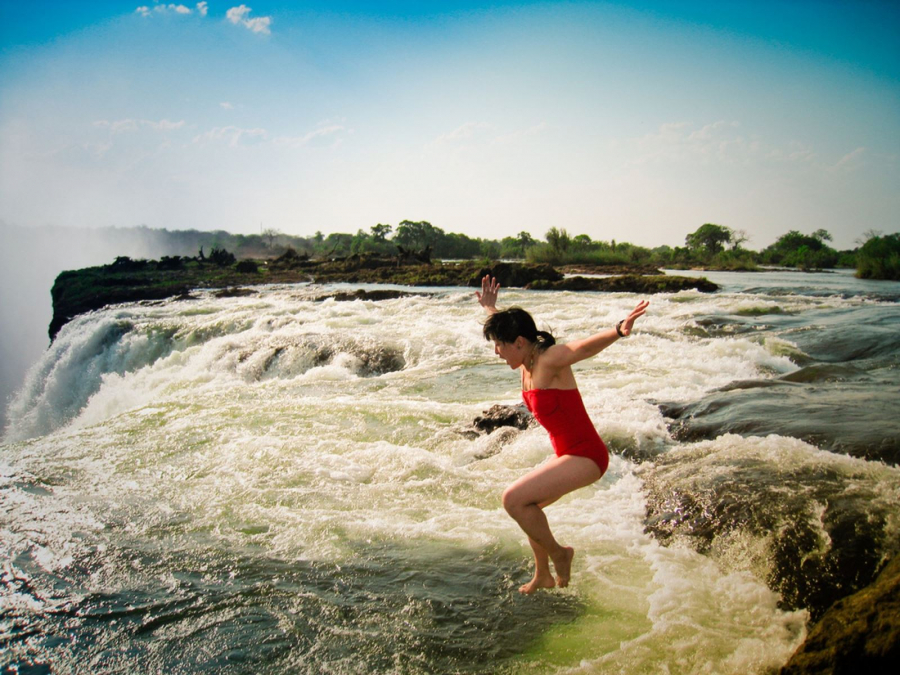
The Devil's Pool stretches over 1.5 km at the edge of Victoria Falls, 108 m above sea level, is considered the world's largest drop and is a challenge for adventurers and thrill seekers. The water falls from high above, roaring day and night, creating a mist that reflects the sparkling sunlight. Visitors can admire the waterfall in many different ways. However, for adventurers, soaking in the Devil's Pool is the most worthwhile and exciting experience.
Semuc Champey, Guatemala

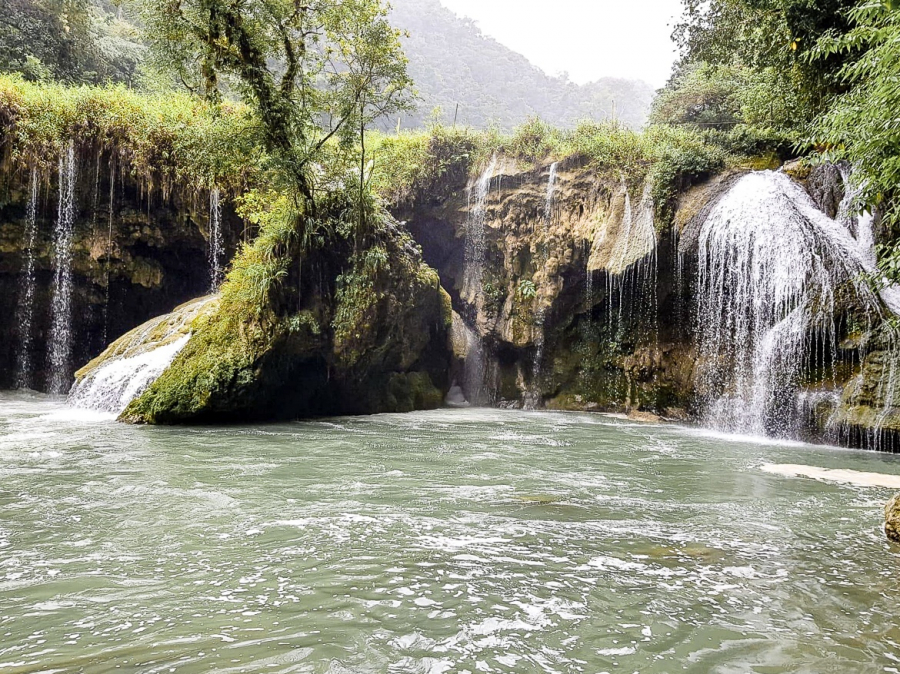
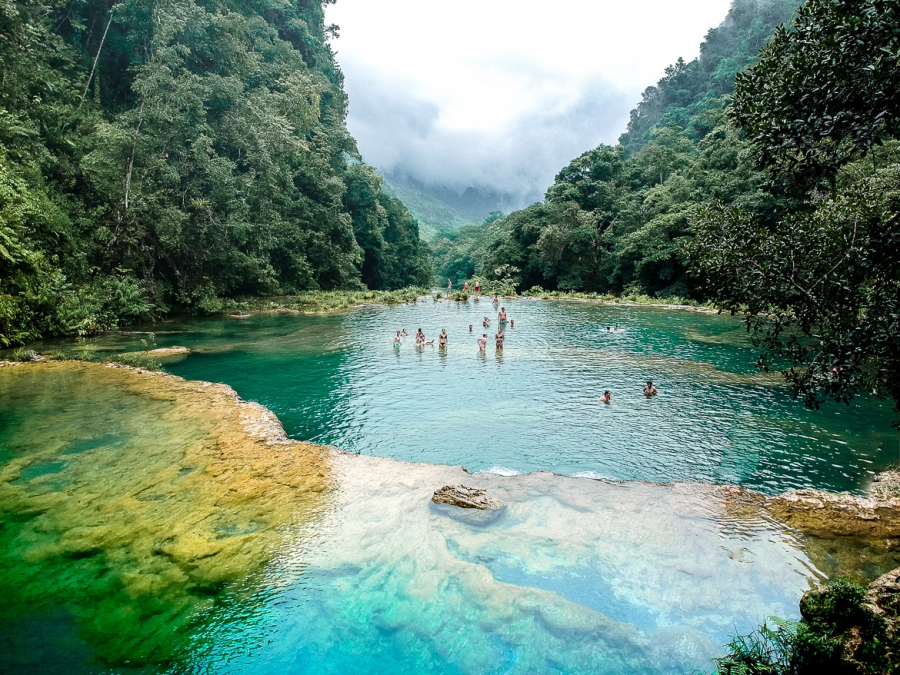
Semuc Champey in the Republic of Guatemala is a name quite unfamiliar to Asians, also mentioned in the Lonely Planet book. Semuc Champey is a series of pools on the Cahabón River, formed by ocean currents carving into the rock. Seen from above, it looks like a unique system of multi-level limestone bridges.
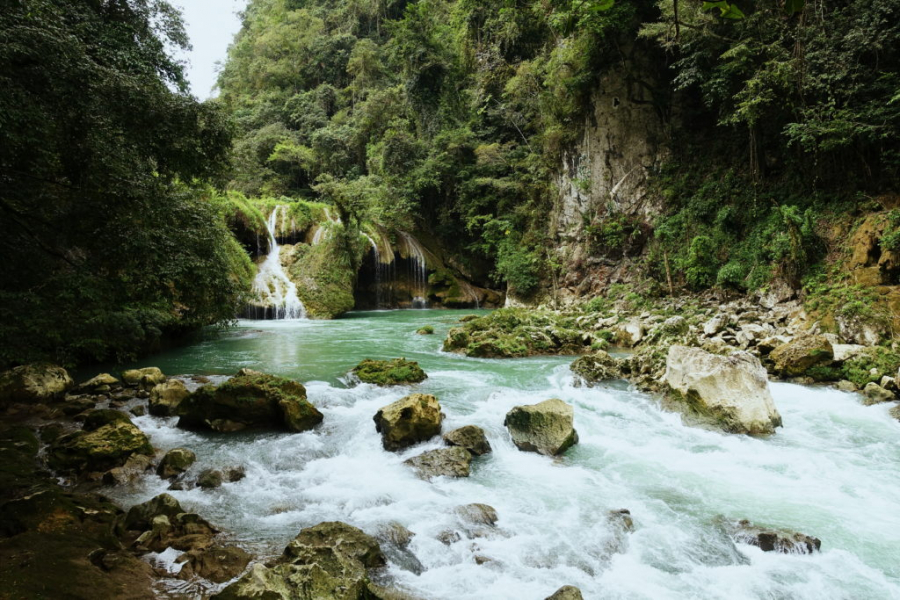
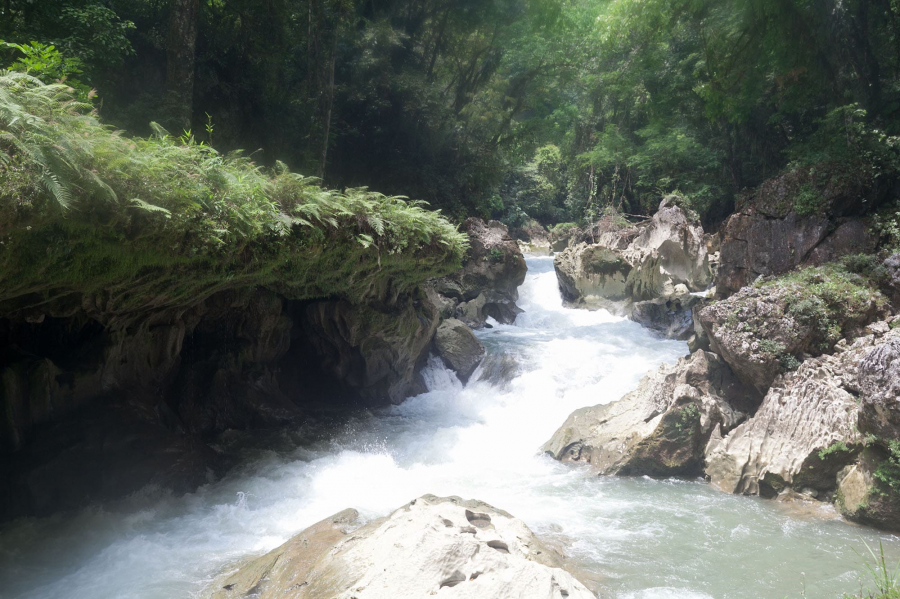
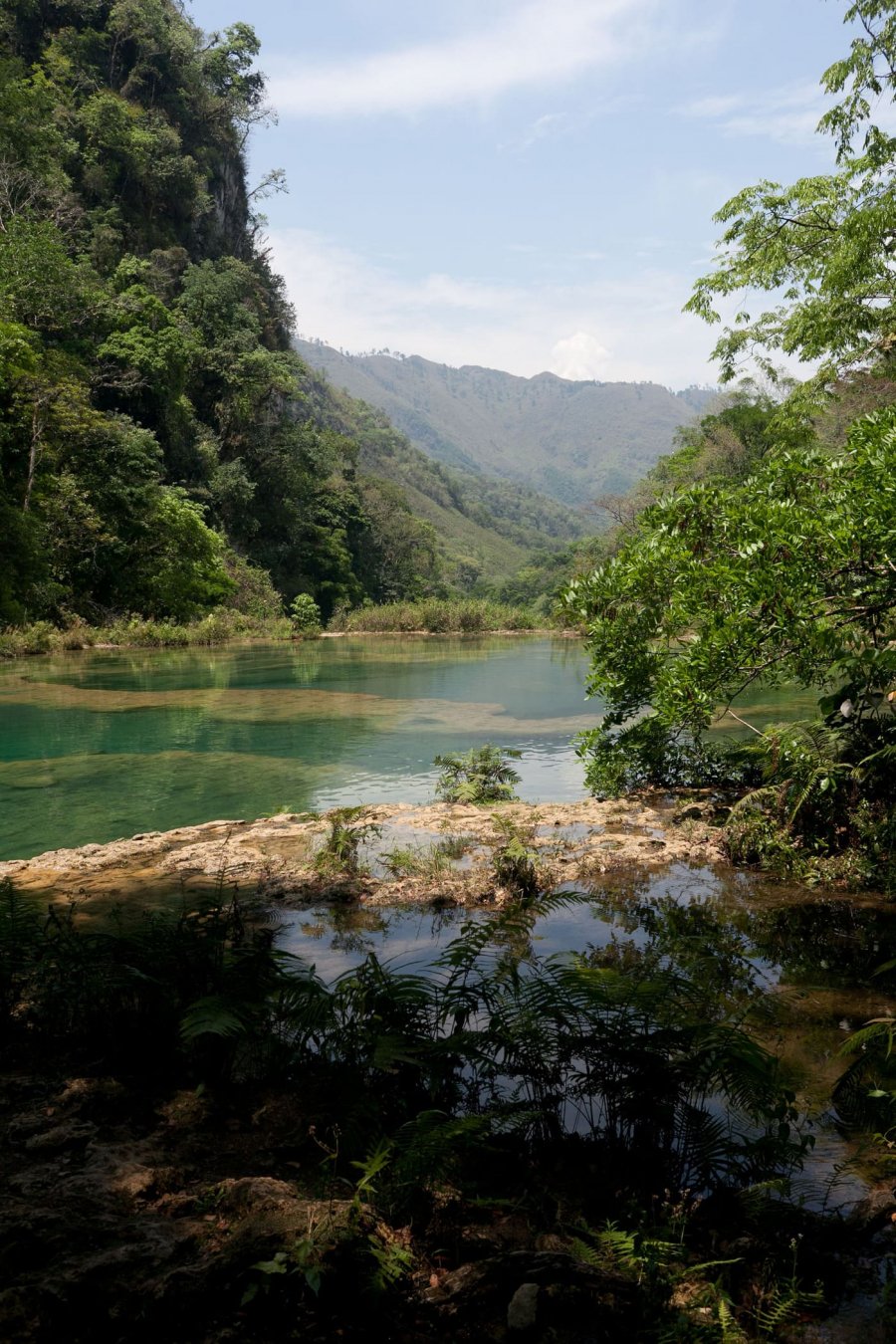
The natural pools in the middle of the Maya waters in Central America are where visitors can swim and enjoy the most spectacular style in the world in a peaceful, quiet space.
Blue Lagoon, Jamaica
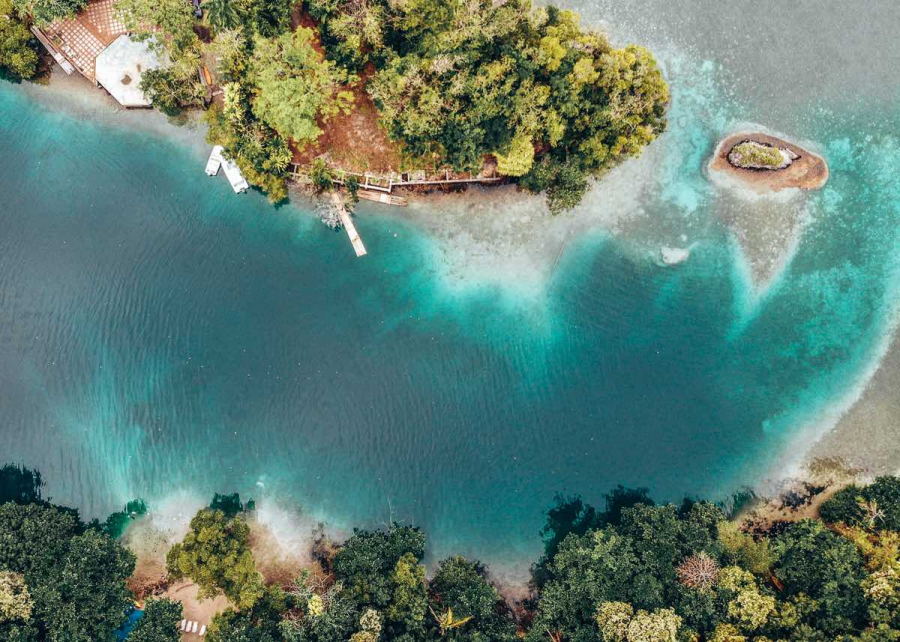
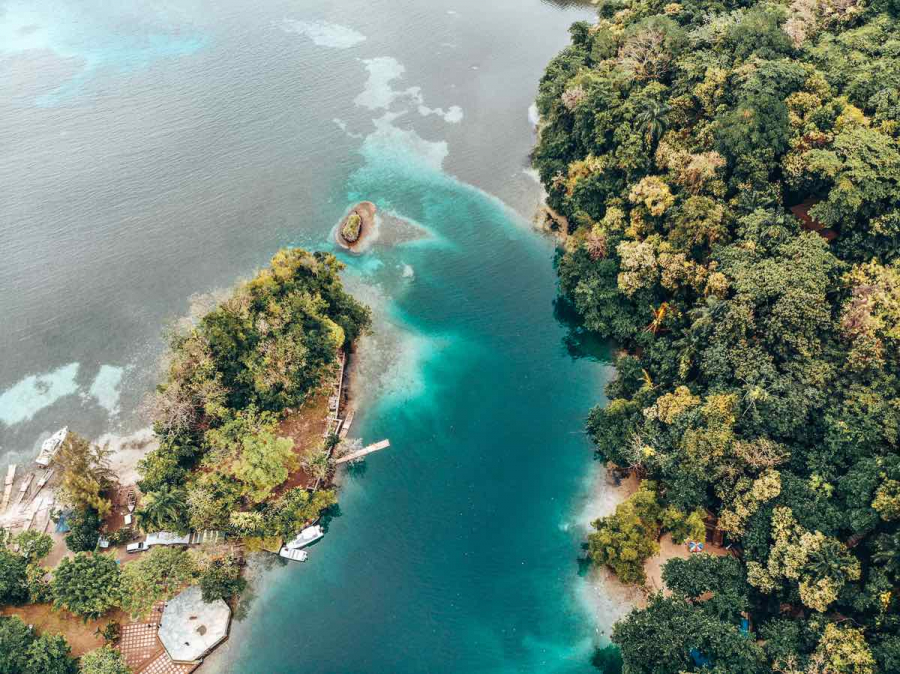
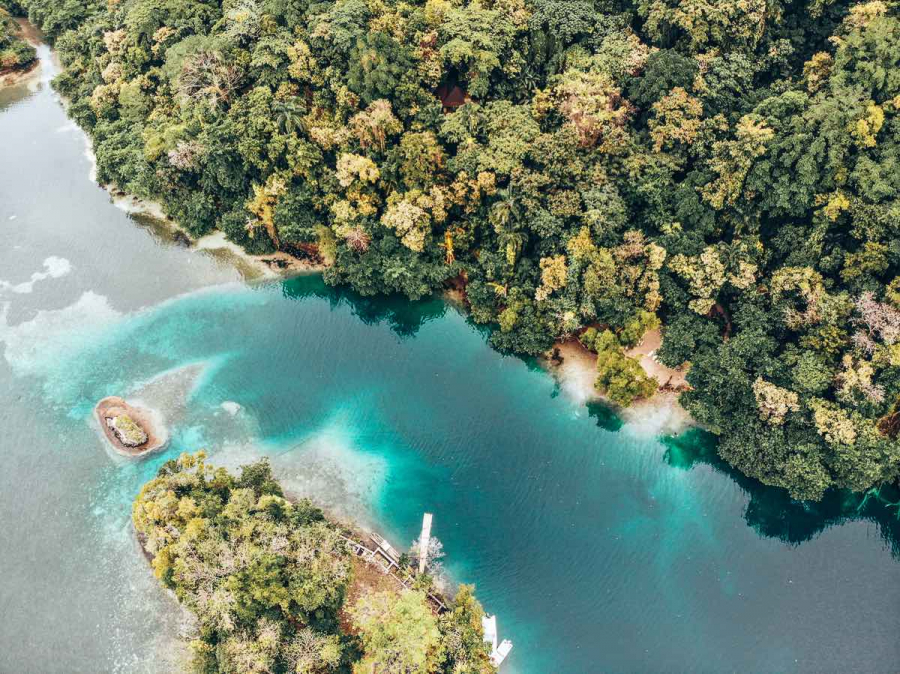
Blue Lagoon, also known as Blue Lagoon, located near Port Antonio, Jamaica, has long been a famous place attracting many art photographers around the world thanks to the 1980 film of the same name, starring Brooke Shields. Blue Lagoon is surrounded by lush green jungle, in the middle stands out with beautiful turquoise water. According to experts, the lake's water source is from natural freshwater springs mixed with Caribbean seawater.

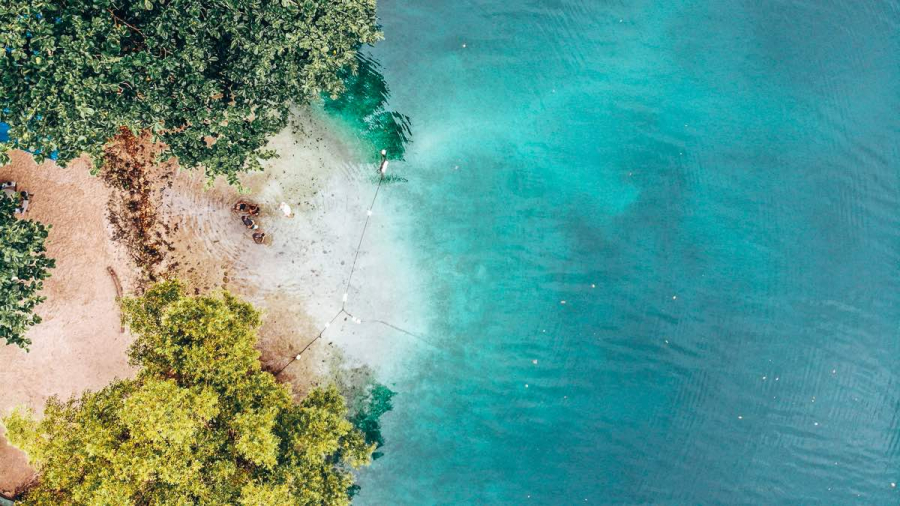
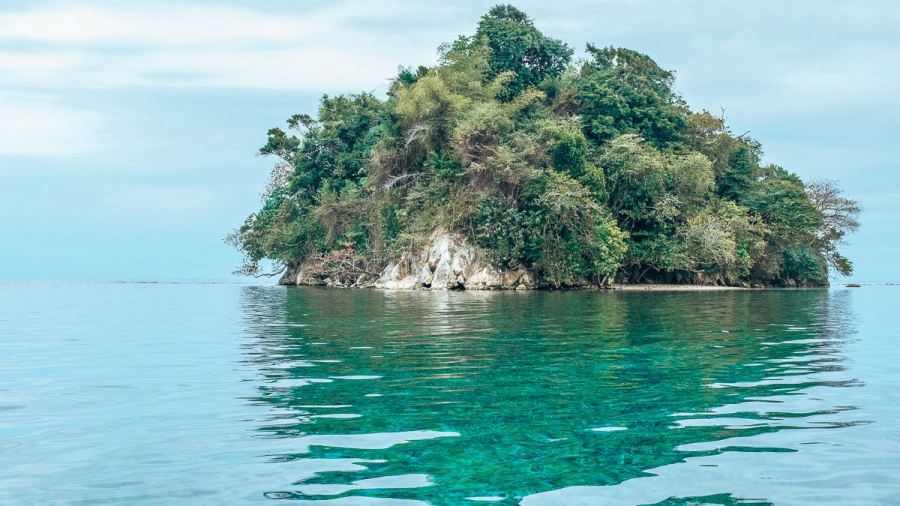
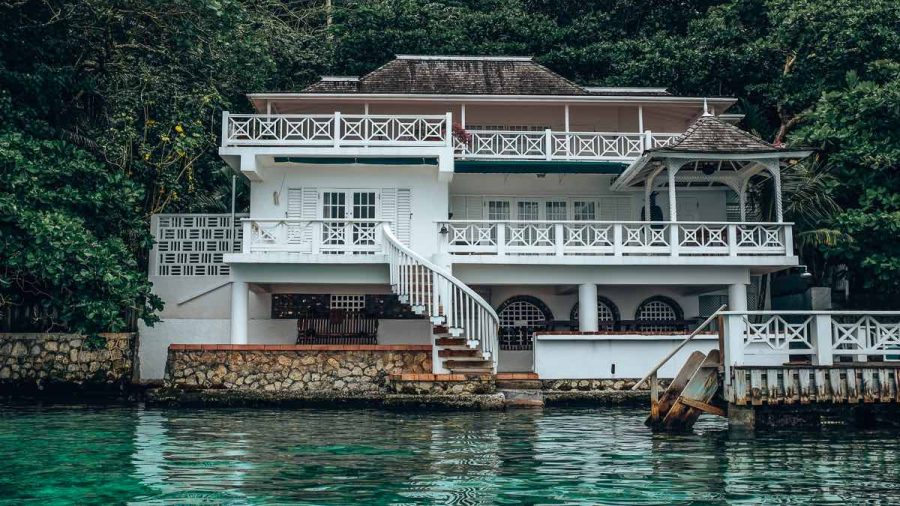
From east to west, Blue Lagoon possesses a rich tropical vegetation and a diverse terrain distribution, from dense jungle to beaches stretching to the horizon. With cool blue water, fine white sand and rows of green trees rustling under the golden sunshine or the enchanting red sunset sky, Blue Lagoon is a tropical paradise that is inviting and ready to hold the feet of adventurous souls.
Dos Ojos Cenote, Mexico
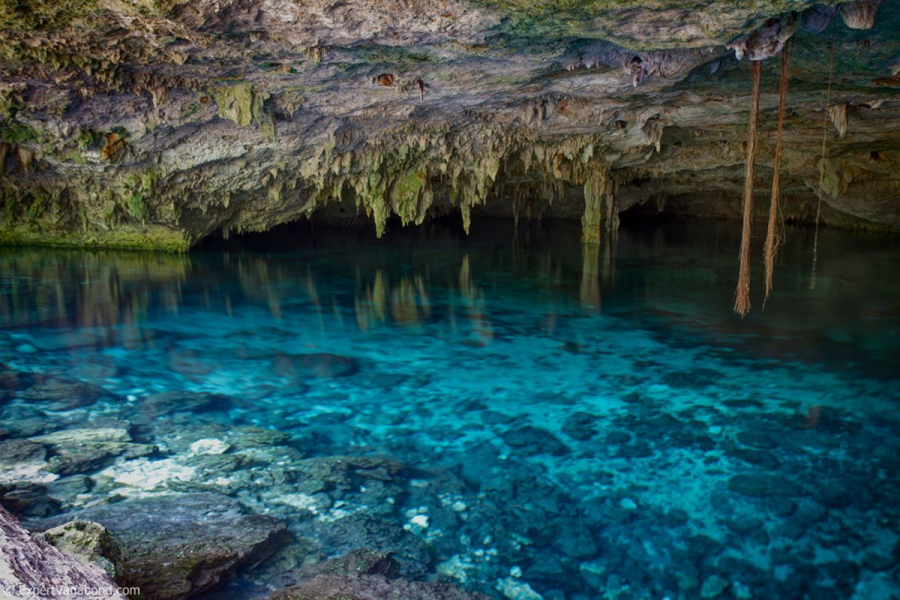
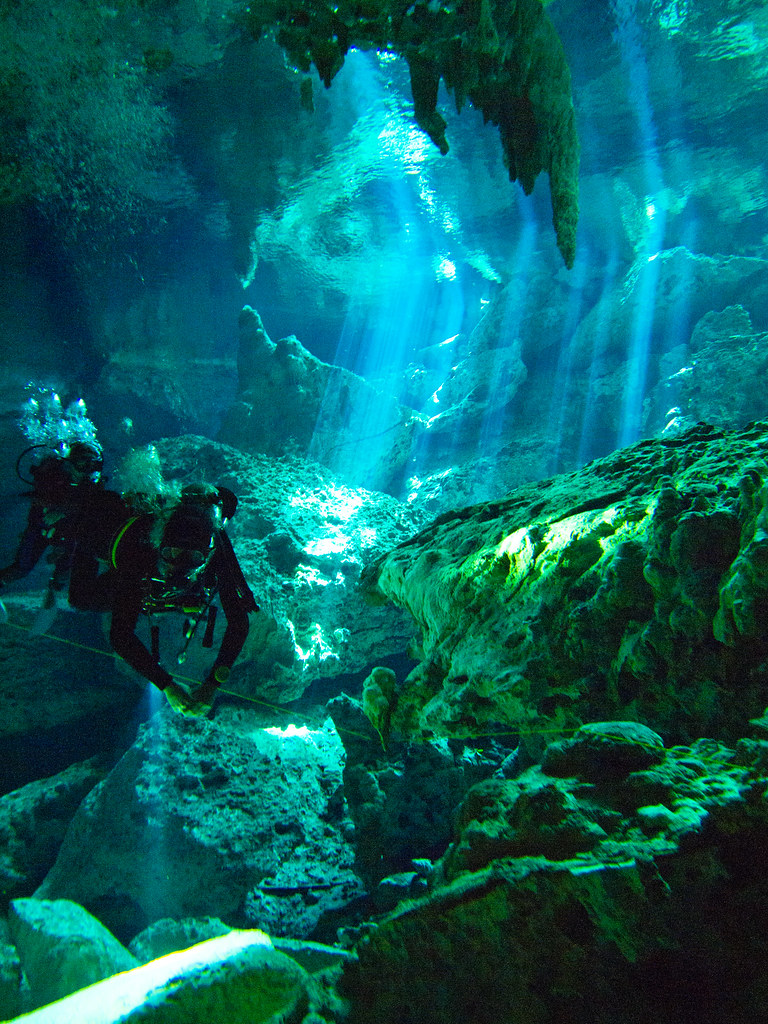
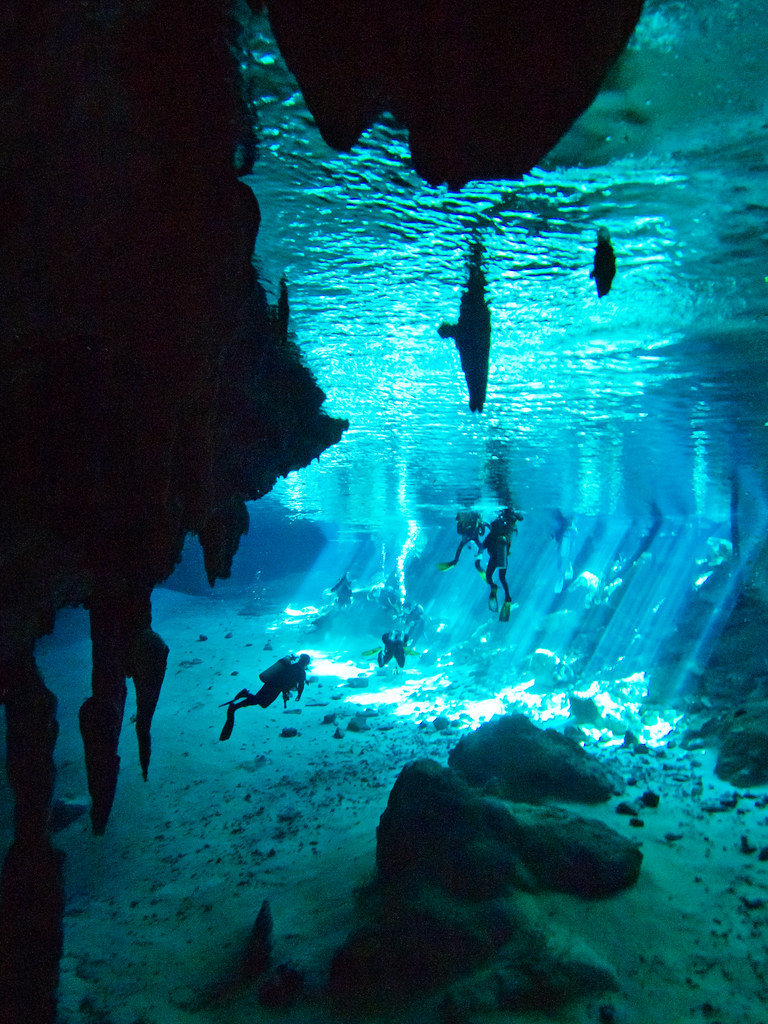
Cenote is a word of ancient Mayan origin, meaning a natural pool formed by the collapse of limestone bedrock, exposing underground water. Cenotes were often considered sacred springs by the ancient Mayans and used in rituals. The Mayans often built their villages around these "sacred wells" because they believed that these were sacred portals connecting them to the gods. Therefore, swimming in these pristine pools makes visitors feel like they are entering another world, an ancient world with beautiful ancient walls wrapped in tropical vines under the sunlight.

Not only has spiritual significance, this place is also considered the most beautiful cenote in the Tulum area - a familiar destination of the world's top stars, and also one of the most beautiful water wonders in the world. Dos Ojos means "two eyes" because this natural lake includes two giant water holes connected by a long cave system. One hole has clear blue water, the other hole has darker water. To dive in the "black eye", visitors will need to use lighting equipment to be able to admire the beautiful stalactites in the cave.
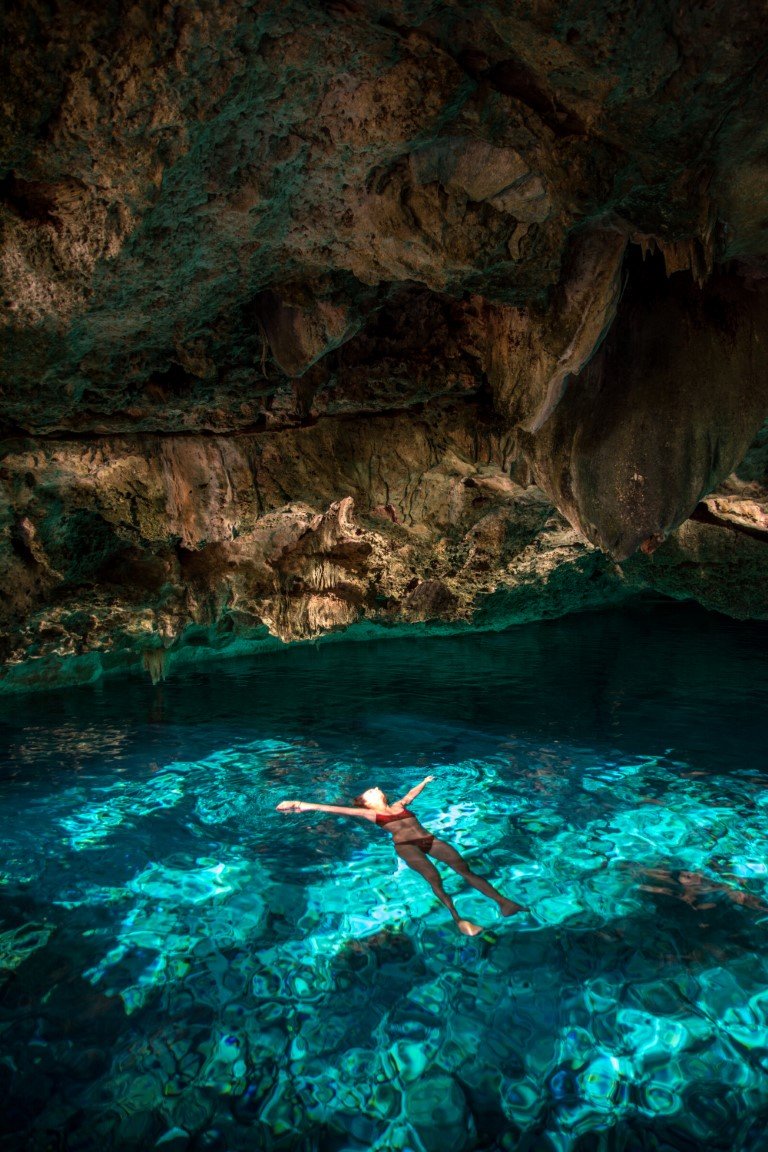
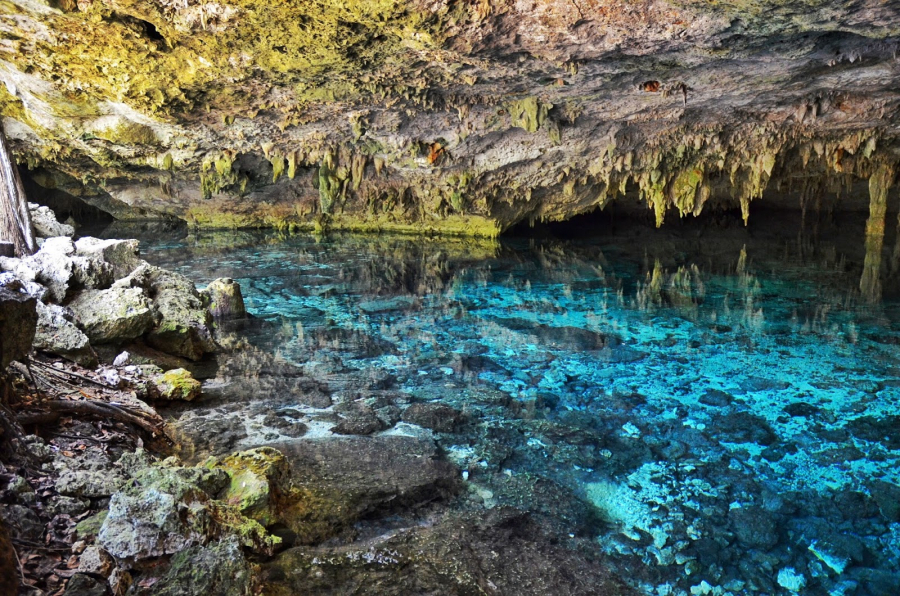
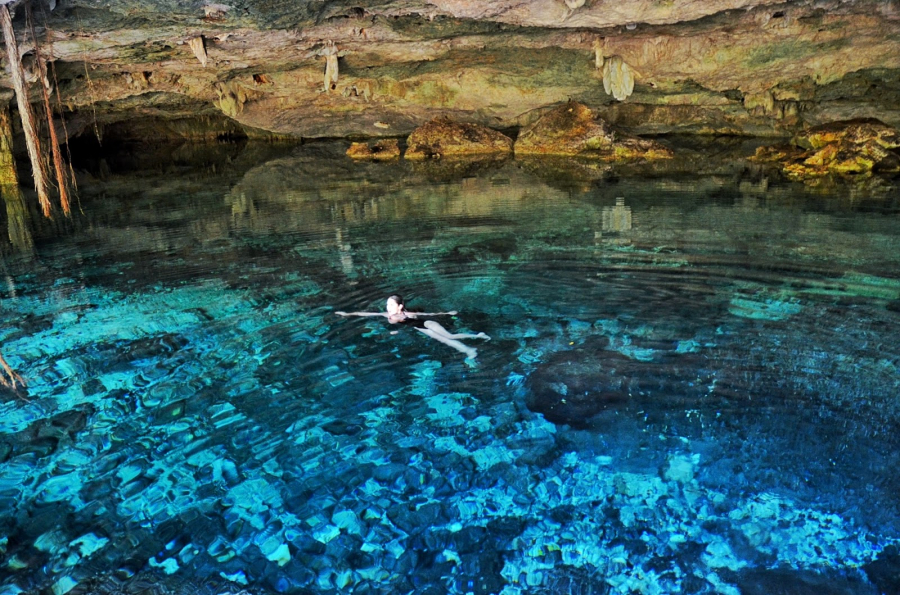
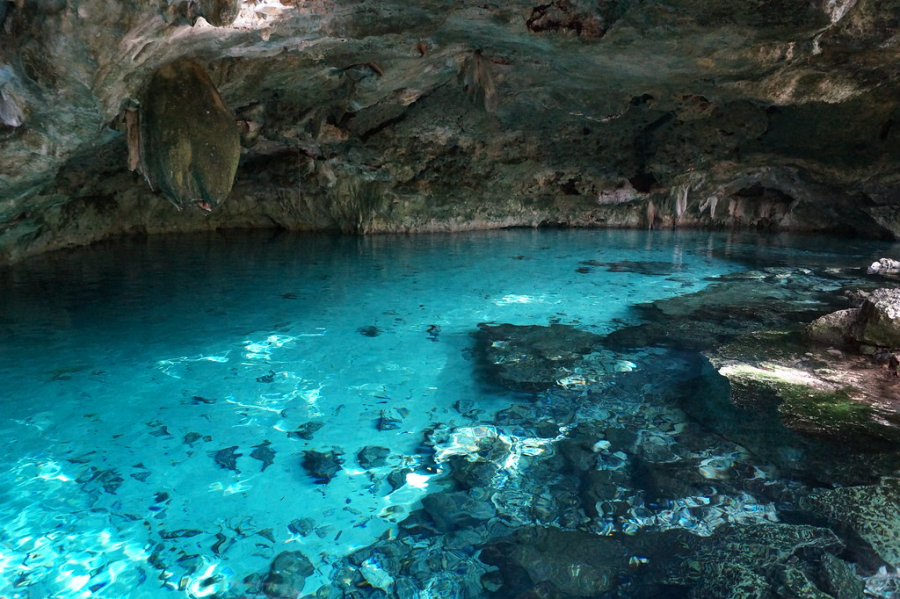
Adventurous tourists will choose to dive or explore the cave at the "black eye", or immerse themselves in the cool water to watch the rays of light cut across the cave mouth. On the other hand, at the "blue eye", tourists can dive and explore the lake under the sunlight, or simply relax to feel the time slowly pass.
Crater Lake National Park, USA
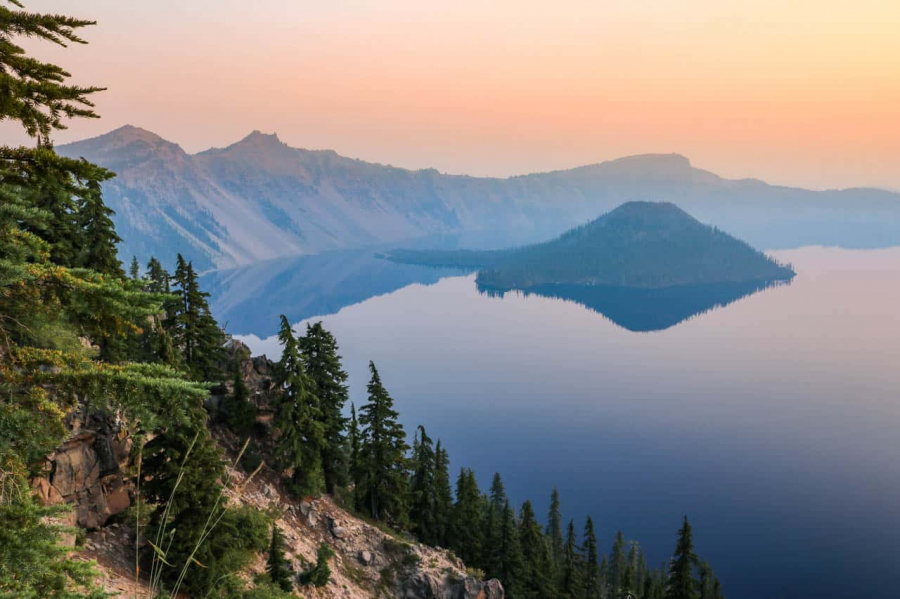
Crater Lake in the national park of the same name, in the state of Oregon, USA is truly a water wonder. This caldera-shaped lake was formed by the collapse of the summit of the volcano Mount Mazama about 7,700 years ago. Crater Lake is approximately 655 m deep, the deepest lake in the United States and the 9th deepest in the world. The crystal clear blue lake water reflects the sky and the myriad shapes of the rocks surrounding the lake like a giant mirror. Crater Lake is considered the cleanest lake in the world, with almost no inlets or branches.
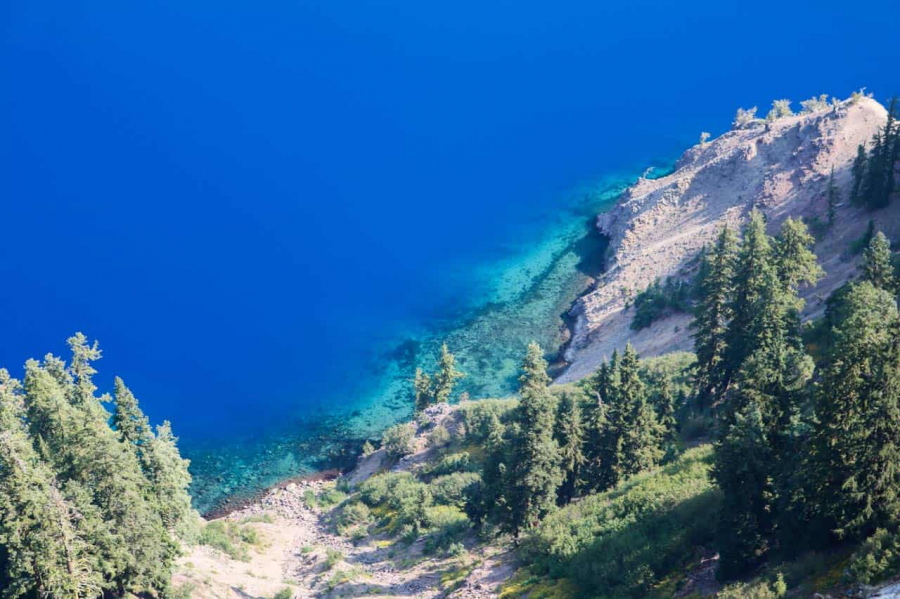
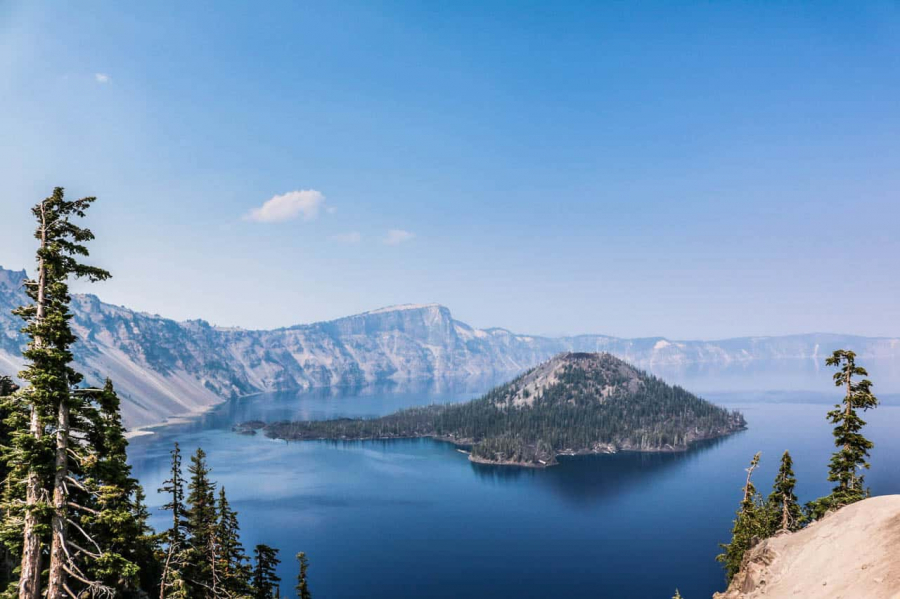
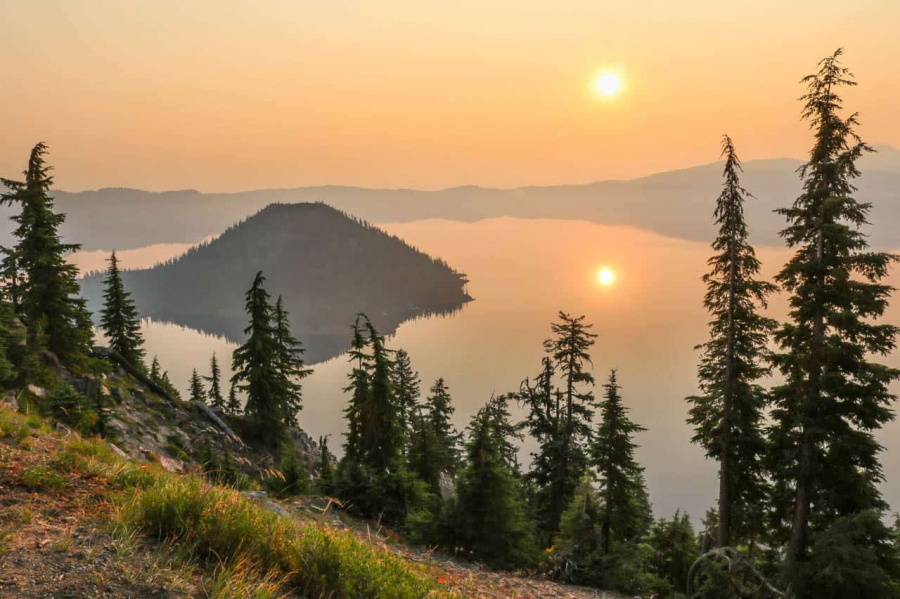
The legend of Crater Lake is associated with divine powers as rumored by the Klamath Native Americans. According to them, Crater Lake is a sacred place created by the battle of two gods. It destroyed the volcano Mazama and became Crater Lake, the holy land of the Klamath Native Americans. About 7,700 years ago, the Klamath Native Americans lived here. People found layers of ash at the foot of Mount Mazama north and the Crater Lake fort, primitive tools that they used for hunting and living.
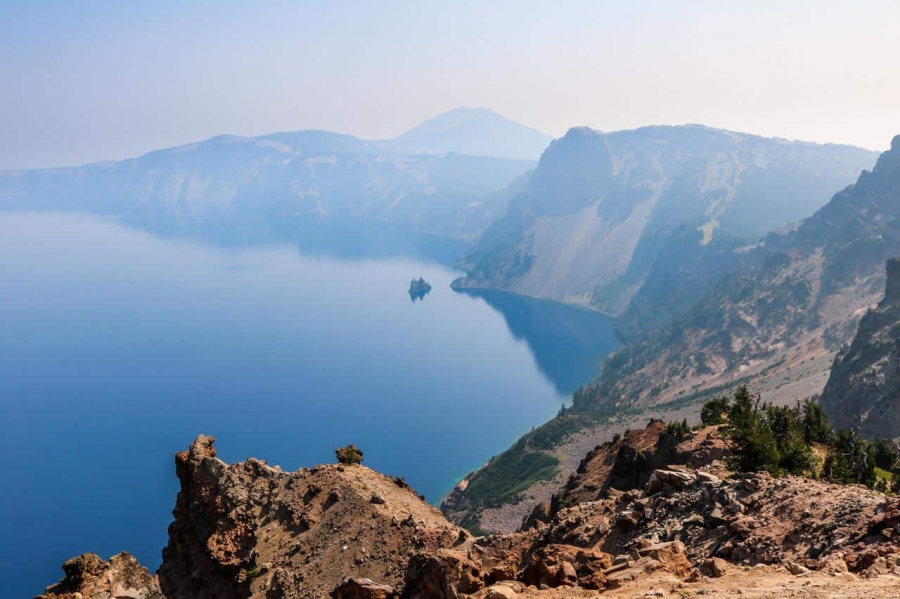
This is a familiar destination for many tourists who love hiking, cycling, boating, fishing, camping and skiing. The amount of snow here is also surprising with an average thickness of 133 m/year. To fully explore the beauty of the lake, visitors can take a boat on the lake to feel the poetic beauty of this wonder between the green mountains and blue water like the sky. In winter, the National Park will be closed, so the best time to visit here is from July to early October.
Lake Powell, USA
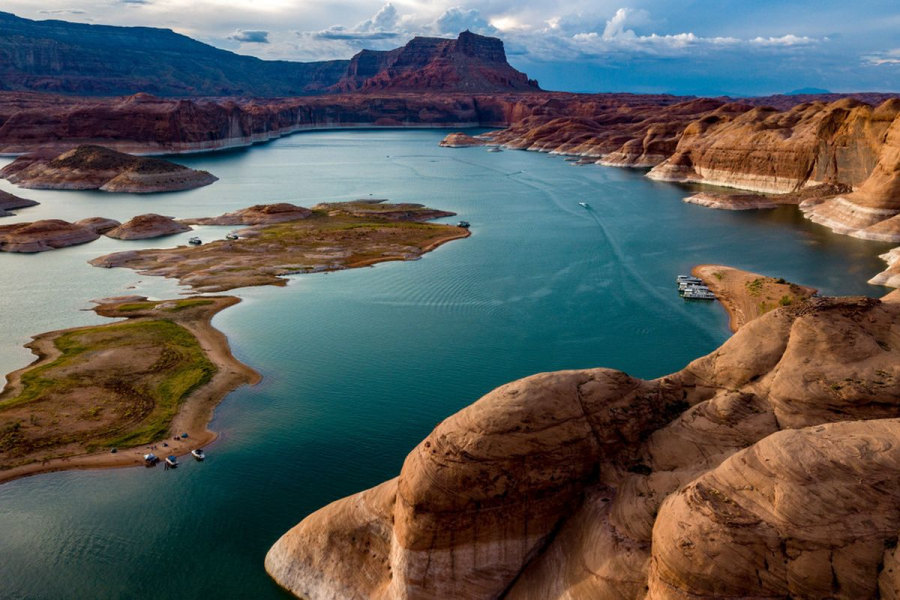

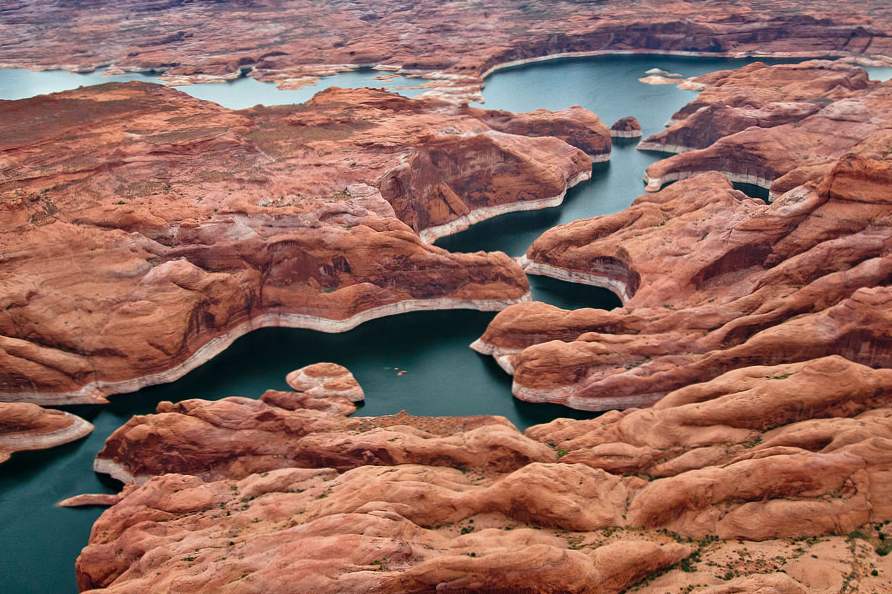
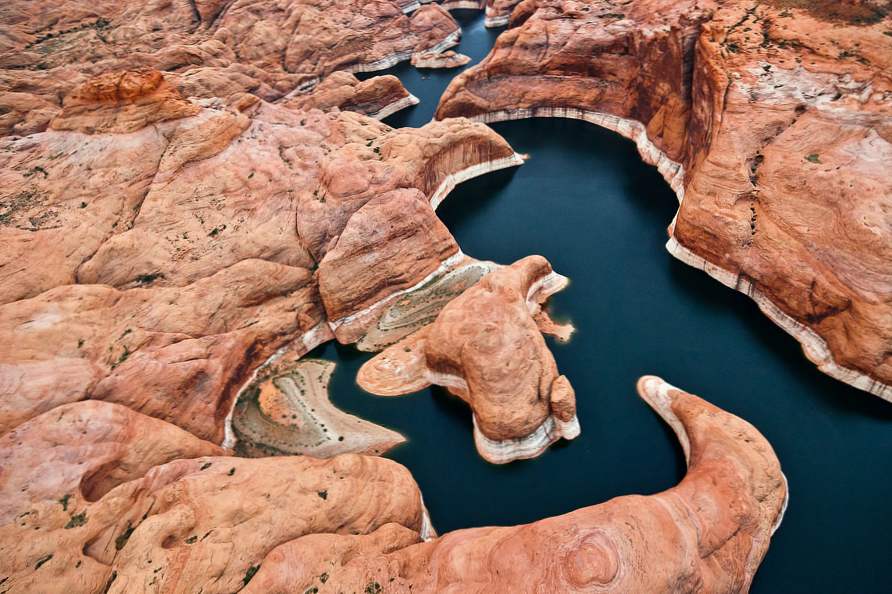


Lake Powell is another representative of the United States that Lonely Planet also rated as a water wonder. Lake Powell is part of the Colorado River in the beautiful Glen Canyon. This is the second largest artificial lake in the United States, up to 300 km long, with an average depth of 40 m, belonging to the two states of Arizona and Utah. Along the lake are interesting attractions that tourists can hardly miss: natural bridges, ruins from ancient civilizations.


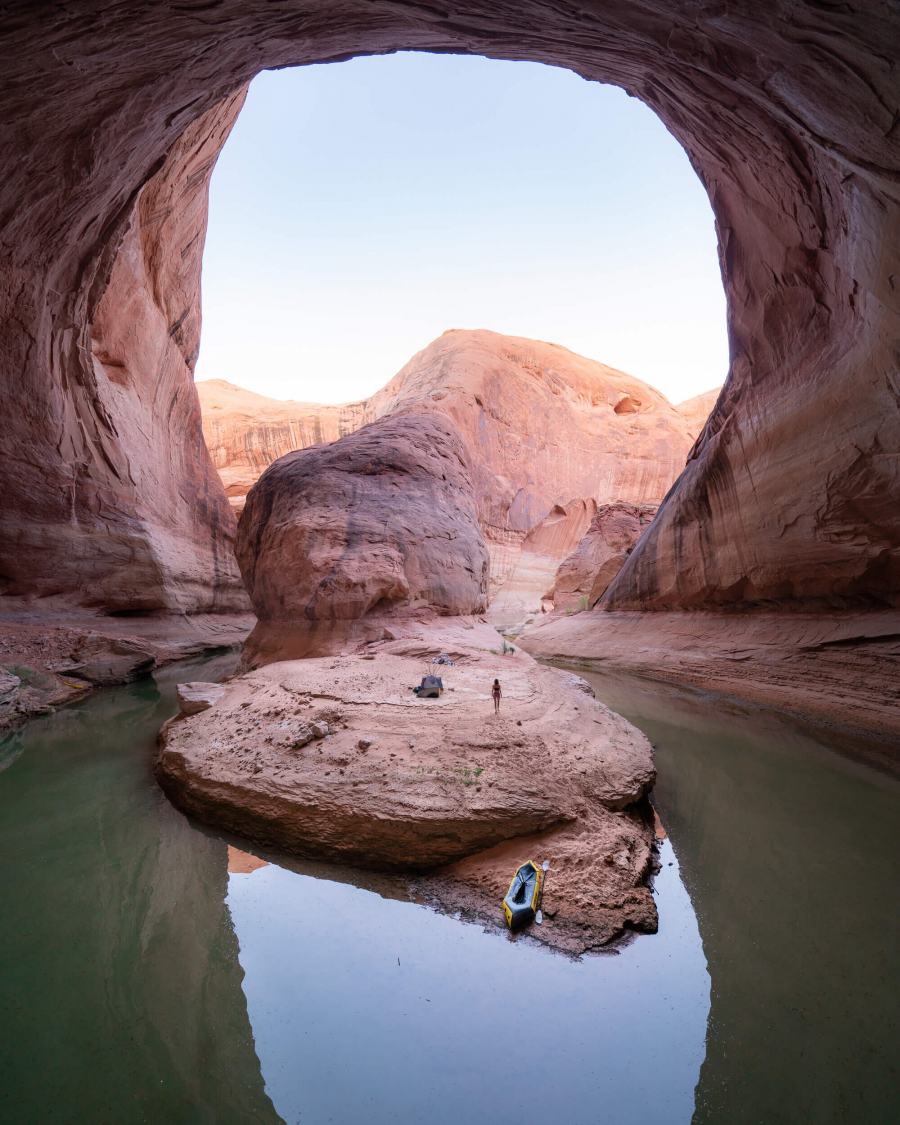
There are more than 96 large and small canyons around Lake Powell. Over millions of years, these massive canyons have been eroded and dissected by the Colorado River, creating majestic canyons that surround the entire Lake Powell, giving the landscape here an indescribable charm.
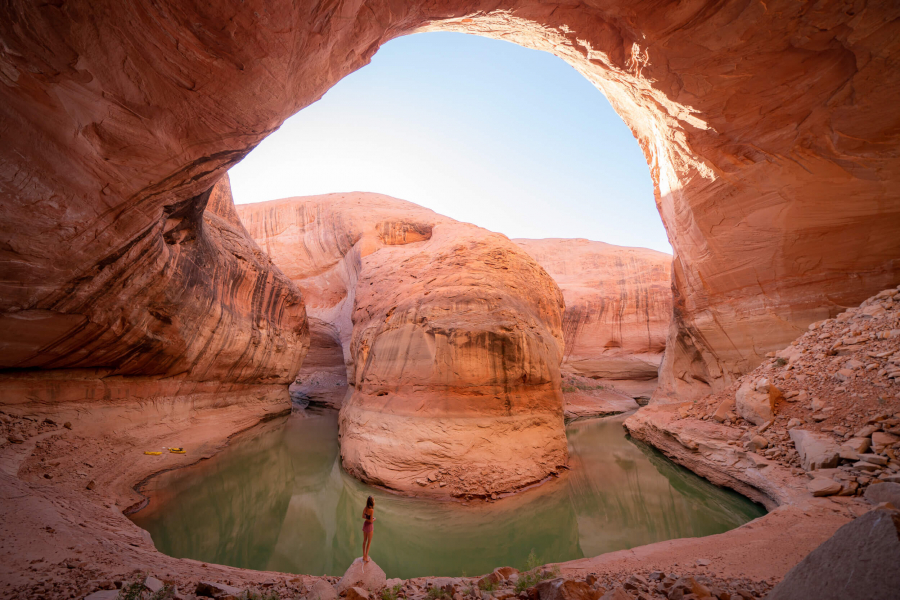

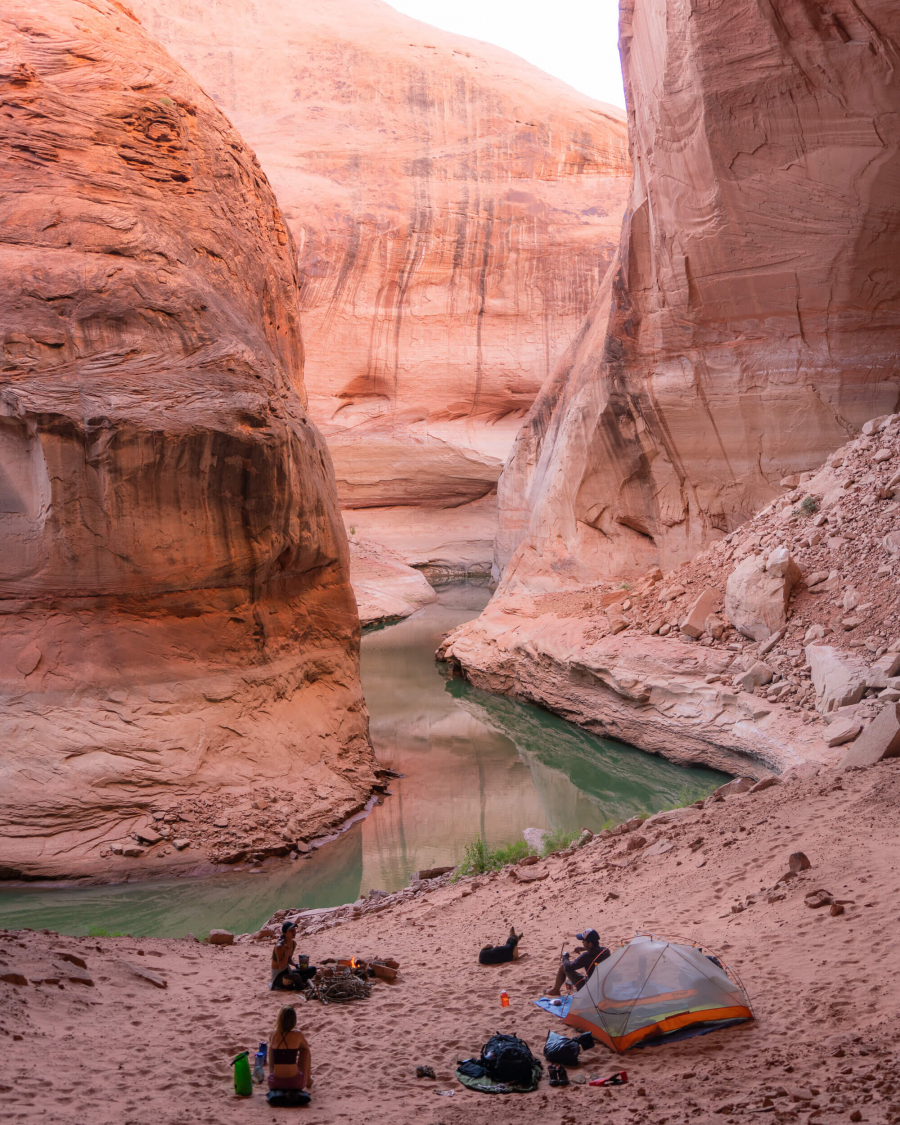
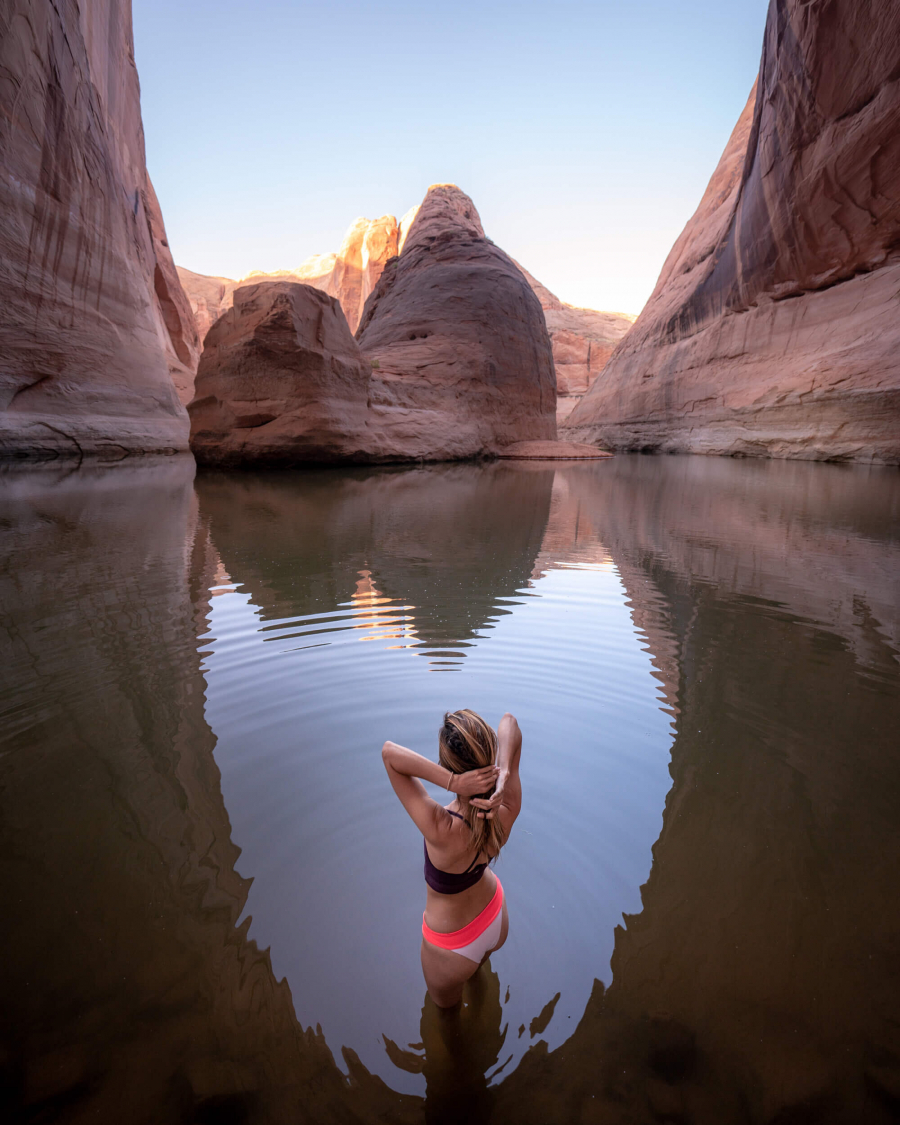
Coming to Lake Powell, visitors can camp, hike, swim, surf and kayak through the colorful Colorado River to admire the beautiful scenery around the lake. Surely visitors will be amazed and delighted by the unique beauty in the harmonious combination of nature and man-made of Lake Powell.
Acton, Mexico
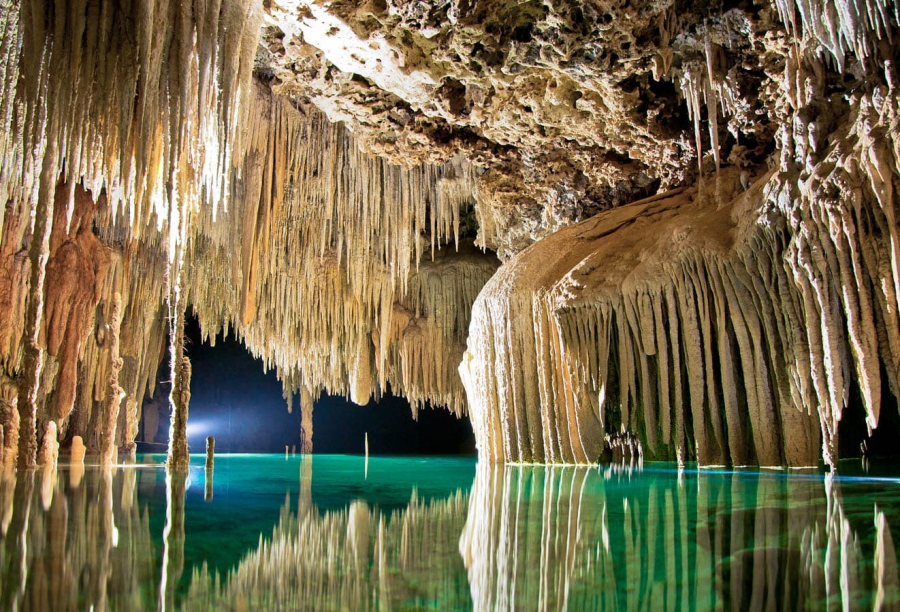


Lonely Planet calls the Act Actun water wonder the longest underwater cave system in Mexico and also the longest in the world. Located northeast of Tulum, the network of caves stretches 215 miles, with crystal clear water below and spectacular stalactites and stalagmites above. Trekking to explore the Act Actun cave is a wonderful experience.
Raja Ampat Islands, Indonesia
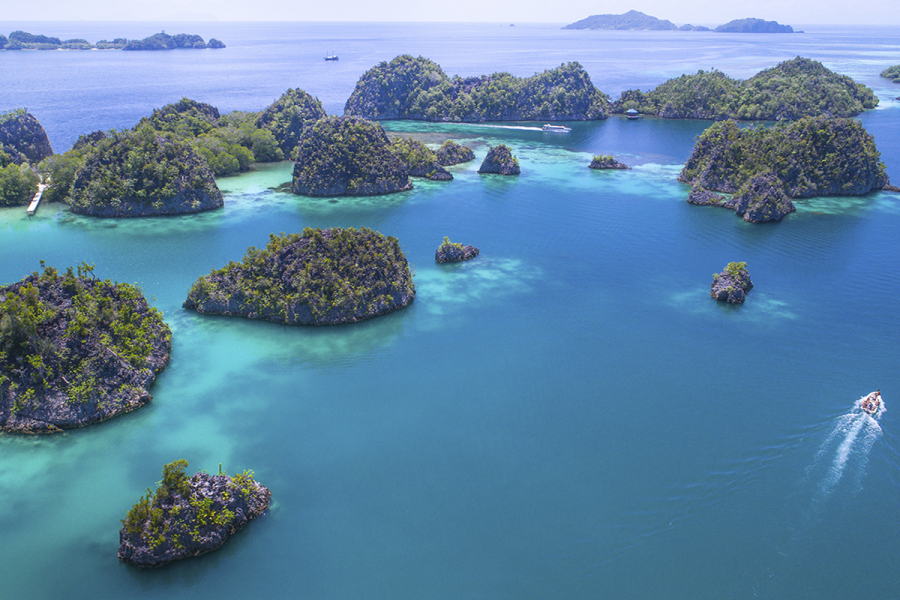
Raja Ampat Islands are considered a part of paradise in Indonesia, the archipelago of Southeast Asia. Raja Ampat is an archipelago of more than 1,500 small islands in the west of Papua province, Indonesia and includes 4 main islands: Misool, Salawati, Batana and Waigeo. This large island is also fondly called "Amazon in the ocean", considered a water wonder with quiet and poetic beauty.
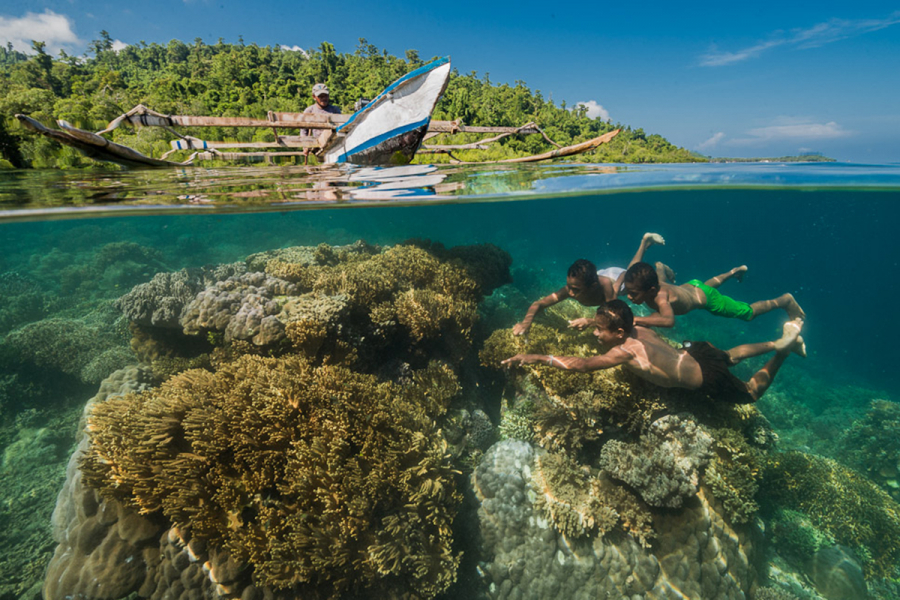
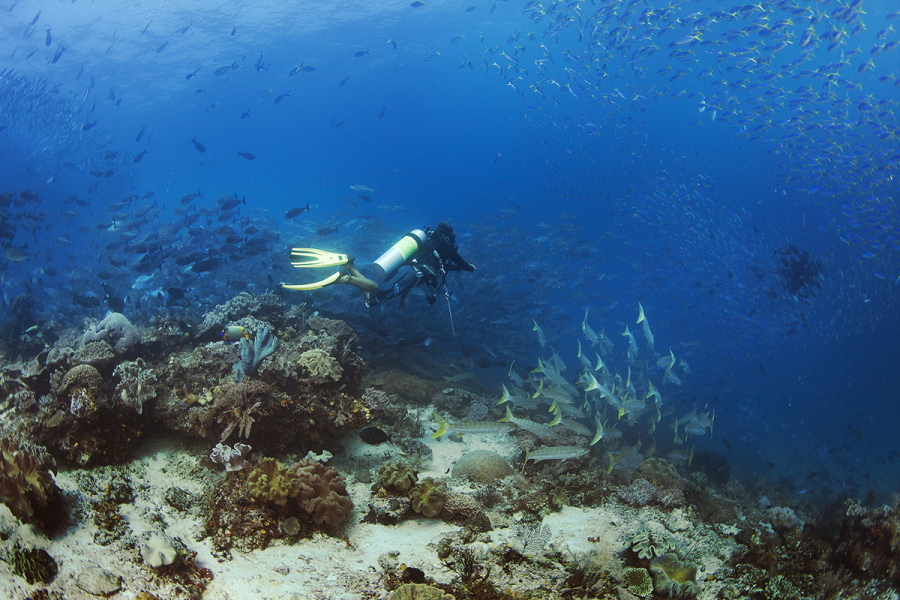

The top of the island is covered with lush green forests, while underwater are colorful, pristine coral reefs. According to the International Union for Conservation of Nature, about 75% of the world's coral reefs are concentrated here. It is no surprise that many experienced divers consider Raja Ampat the best diving spot on the planet. Not only that, Raja Ampat is also voted as a great diving spot by many prestigious travel magazines. Here, visitors can easily admire whales, dolphins, sea turtles or a series of fish species with extremely impressive shapes and colors. With such a complex marine ecosystem, many experts consider Raja Ampat to be the place with the highest diversity of marine life on the planet with 1,430 species of coral fish and 6 rare species of sea turtles in the world, more than 700 species of mollusks, and a coral reef of 180,000 km2.
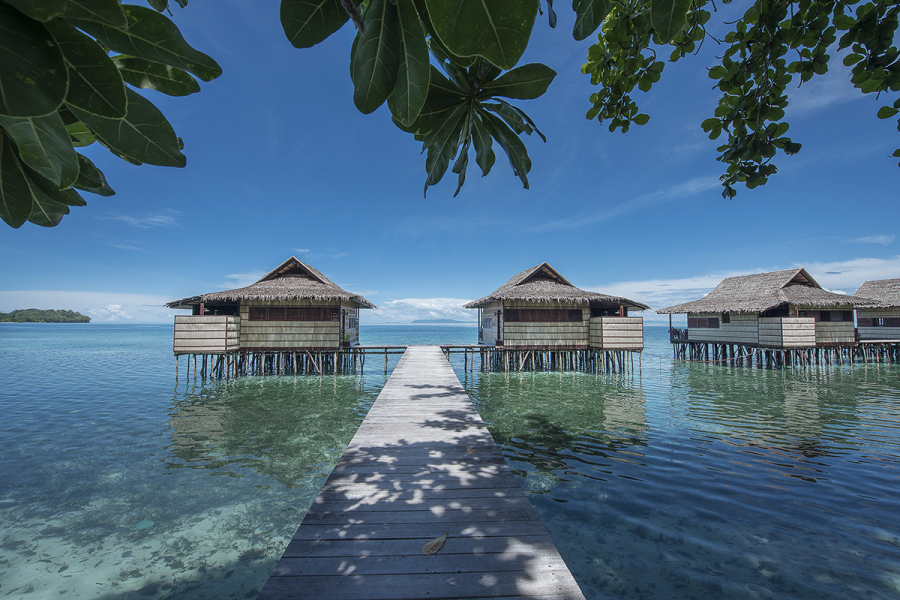
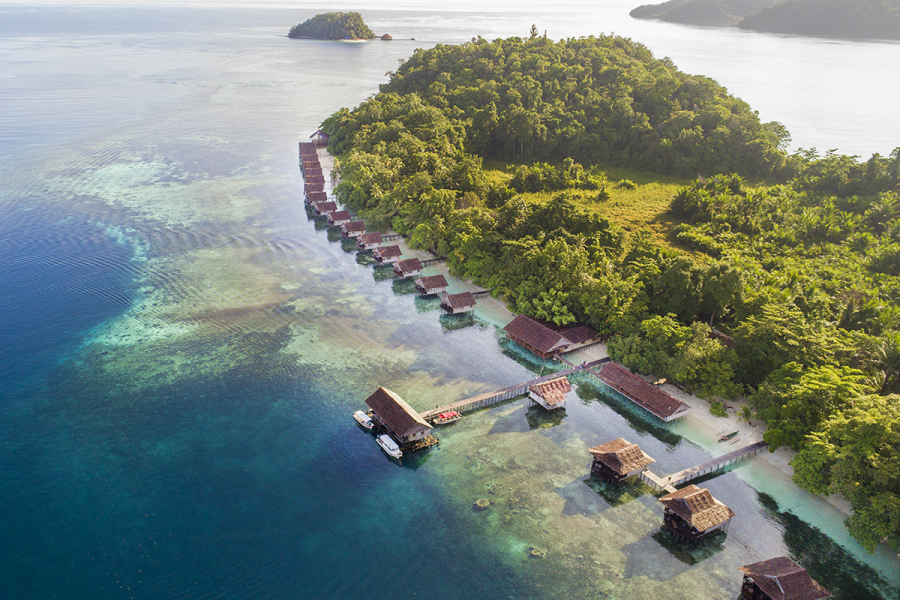


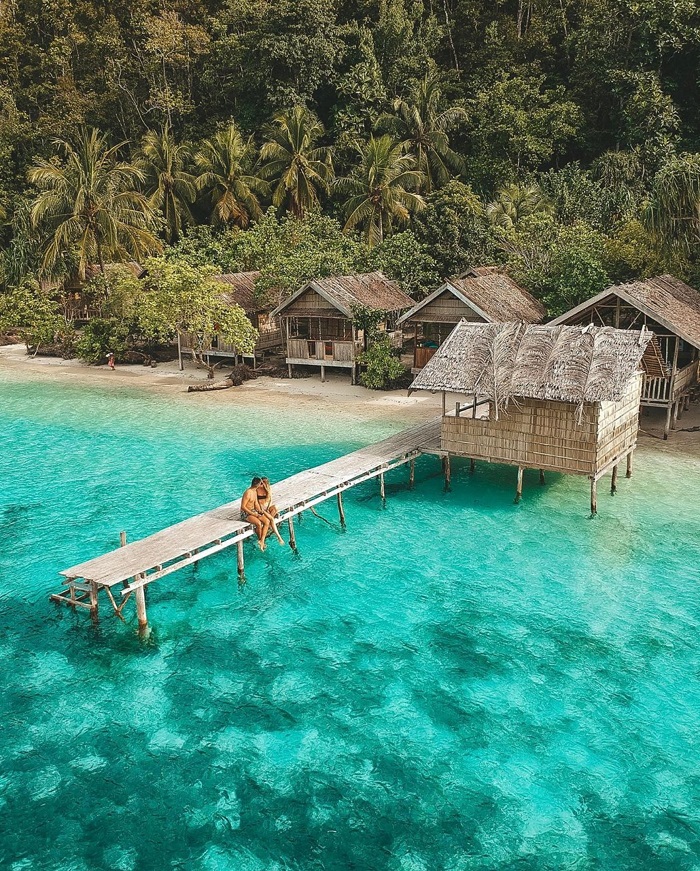
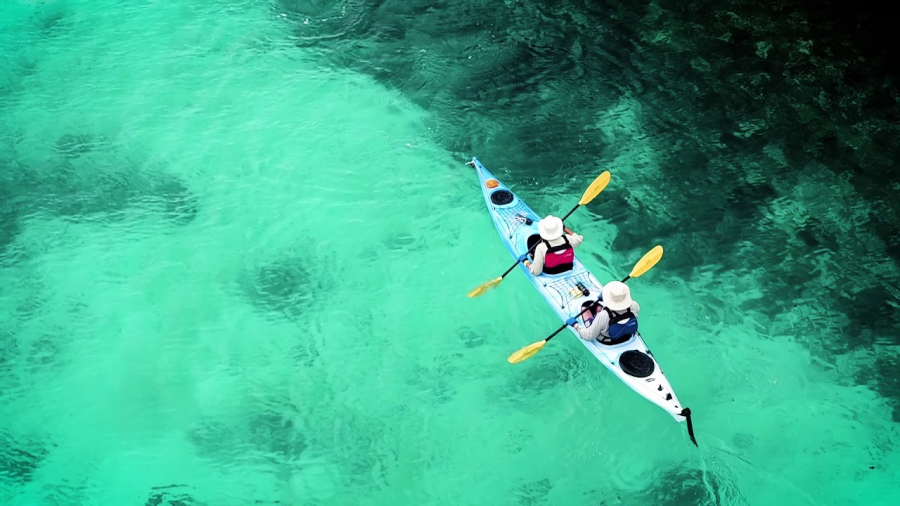
Aside from the underwater splendor, Raja Ampat’s landscapes on land are equally breathtaking. The small islands nestled between the clear blue waters and clear skies of Piaynemo offer some of the most stunning views on earth. In addition to the resort facilities, visitors can rent snorkeling gear and kayaks to explore the island’s shores, admiring the majestic beauty of the crystal clear blue waters.
Bimmah Sinkhole, Oman
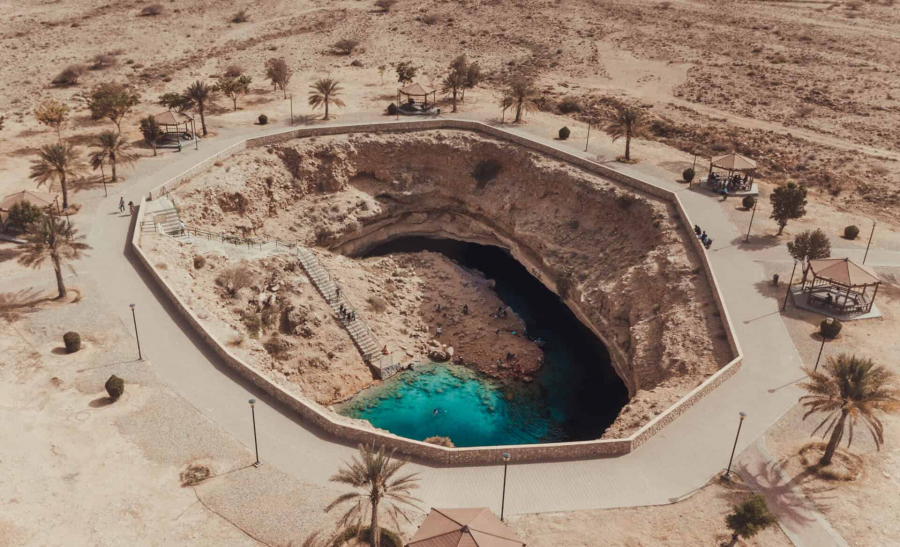
In Oman, there is Bimmah Sinkhole, located in Hawiyat Najm Park, a natural lake with beautiful deep green water and rich in minerals. This is a favorite destination for many tourists when visiting the Arabian Peninsula. This pristine place was created when underground water ate sandstone and carbonate, causing the limestone layer below to dissolve, creating a sinkhole. However, the locals believe that the lake was created by a meteorite that fell to Earth. In Arabic, the name of the lake means “shooting star”.
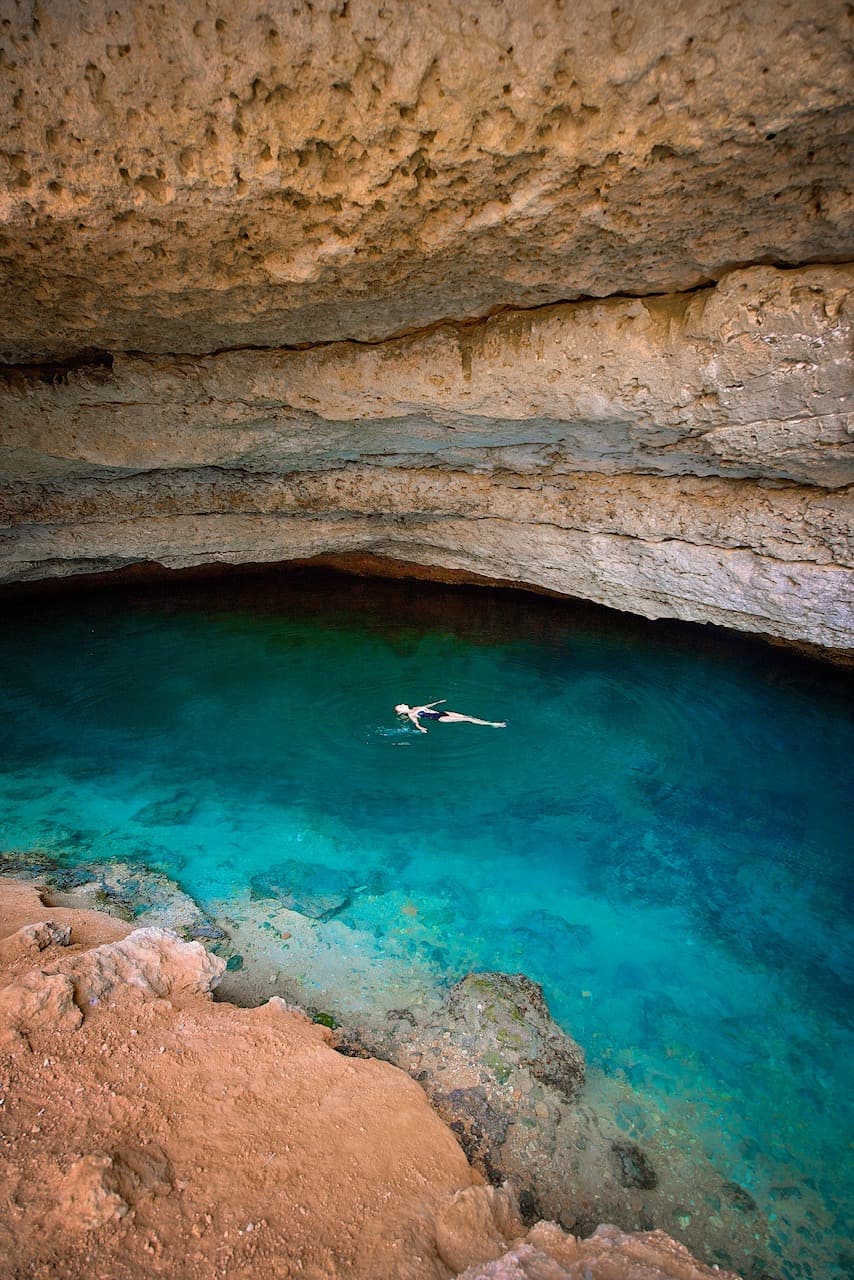
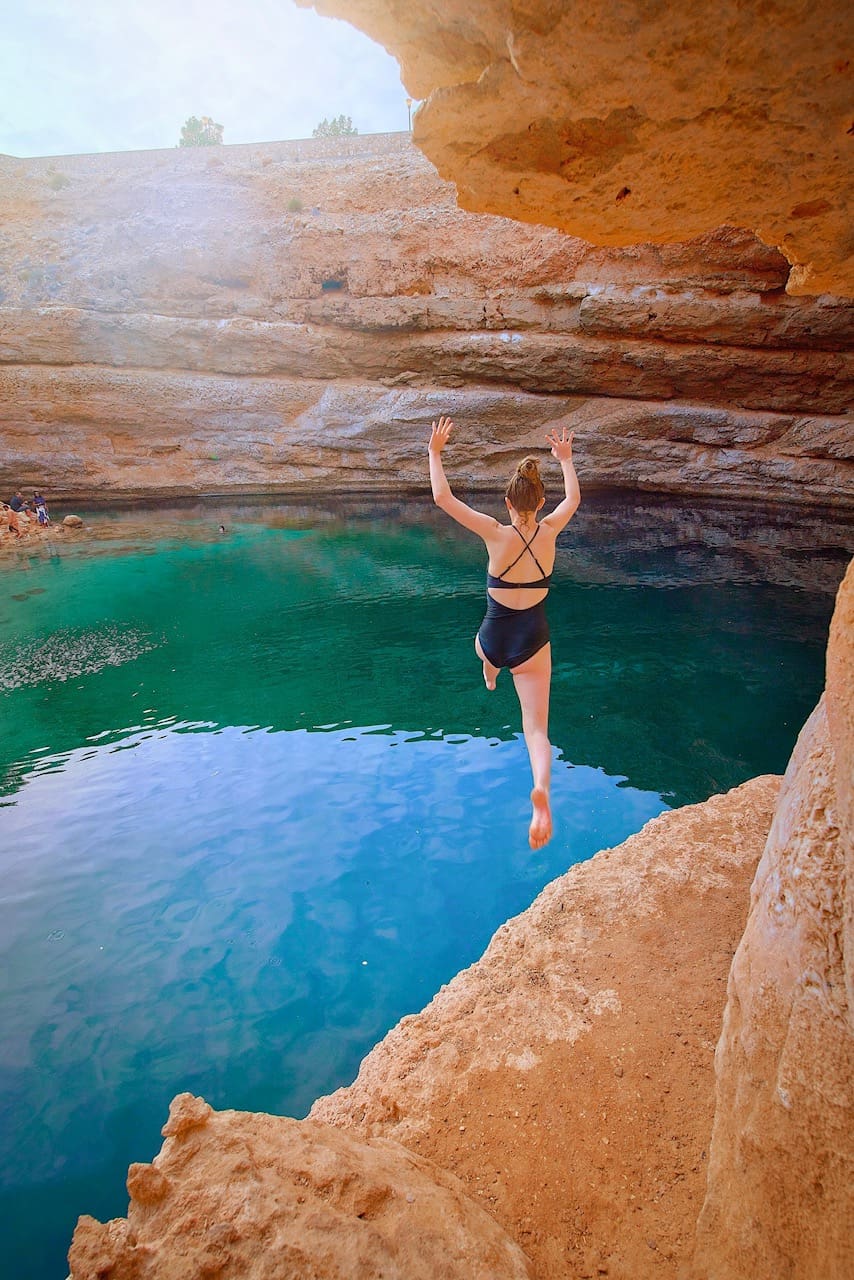
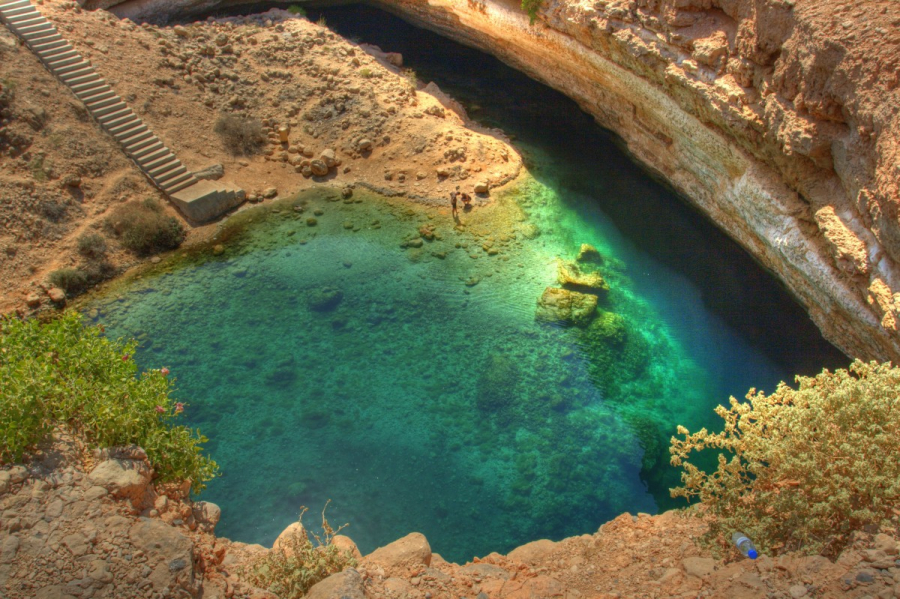
The emerald green waters surrounded by limestone cliffs give this place a postcard-perfect view. The cave dome here creates a perfect oasis for those who love to swim but want to stay away from the sun. To preserve Bimmah Sinkhole, the local government has built a park around it and designed a staircase leading down to the lake. Visitors can go down to the lake and swim freely in the cool water.
Big Lagoon, Philippines
Big Lagoon is a giant lagoon in El Nido, Palawan province, Philippines. As the name suggests, Big Lagoon is huge, in fact it is known as one of the largest estuaries in the world.
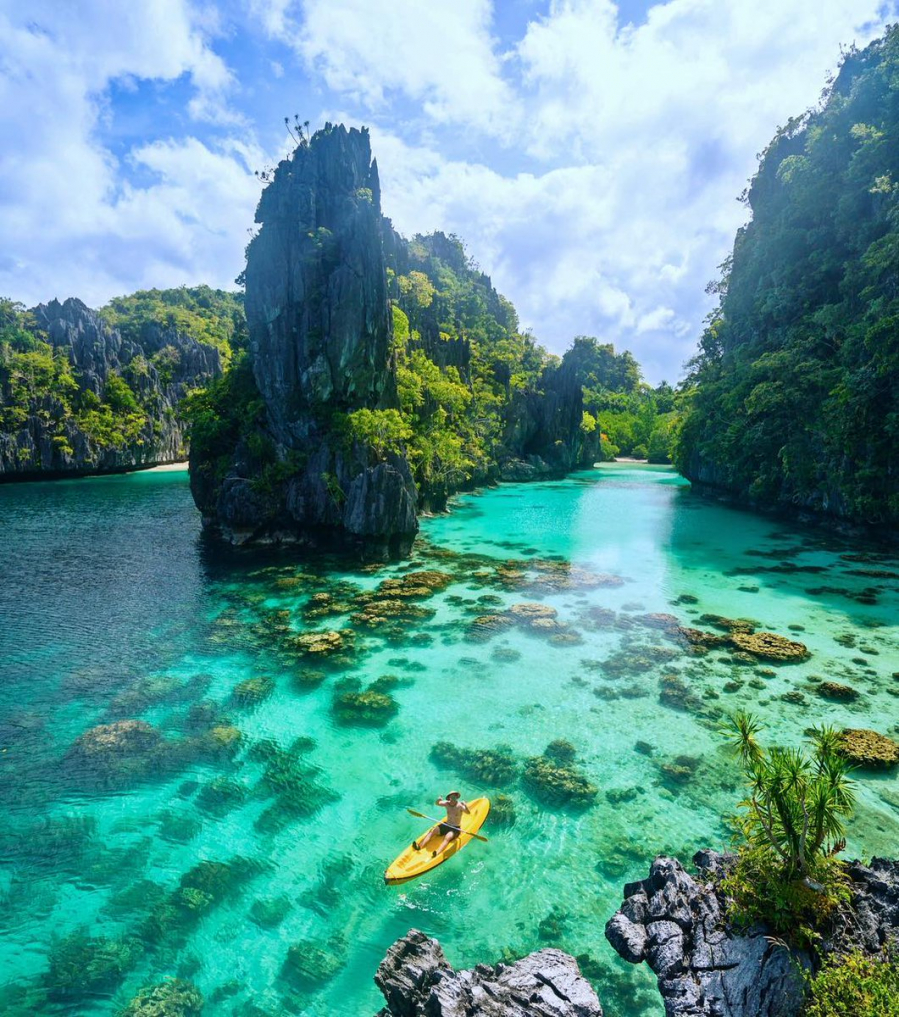
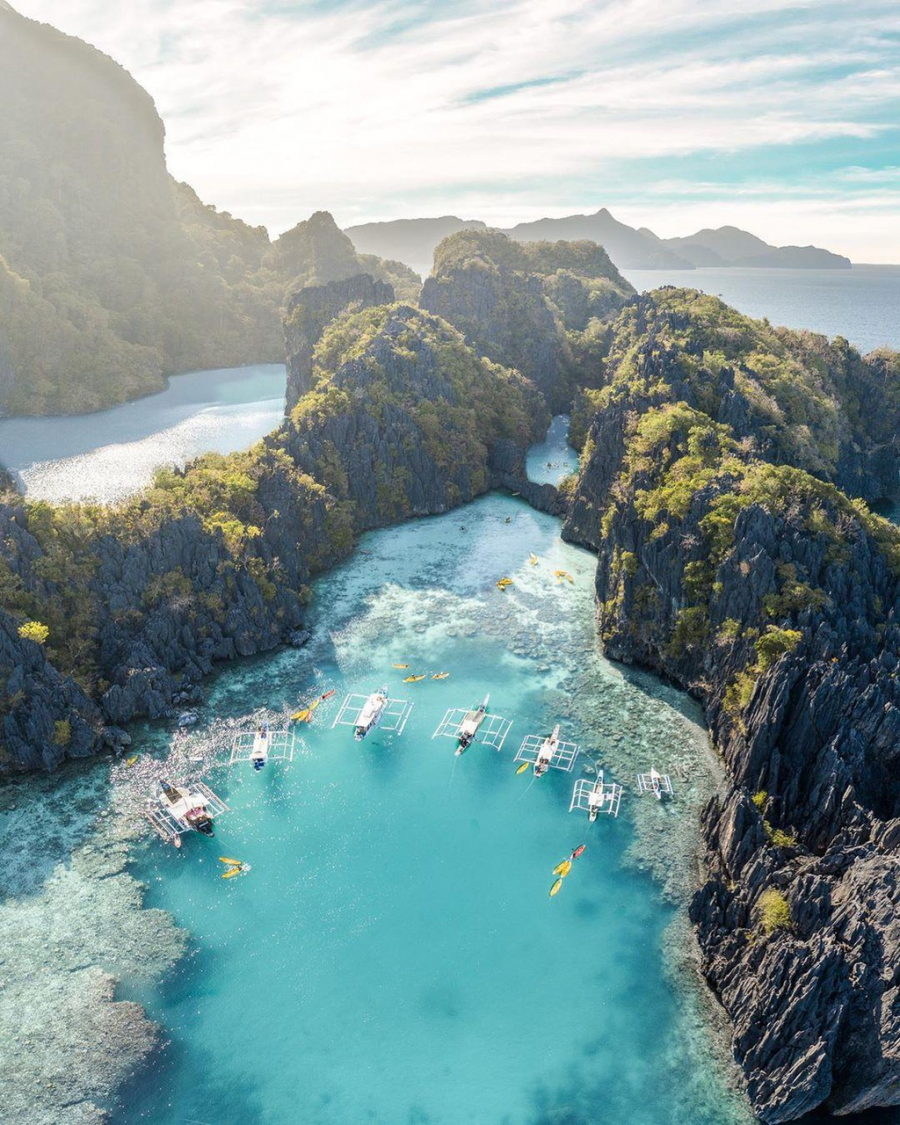
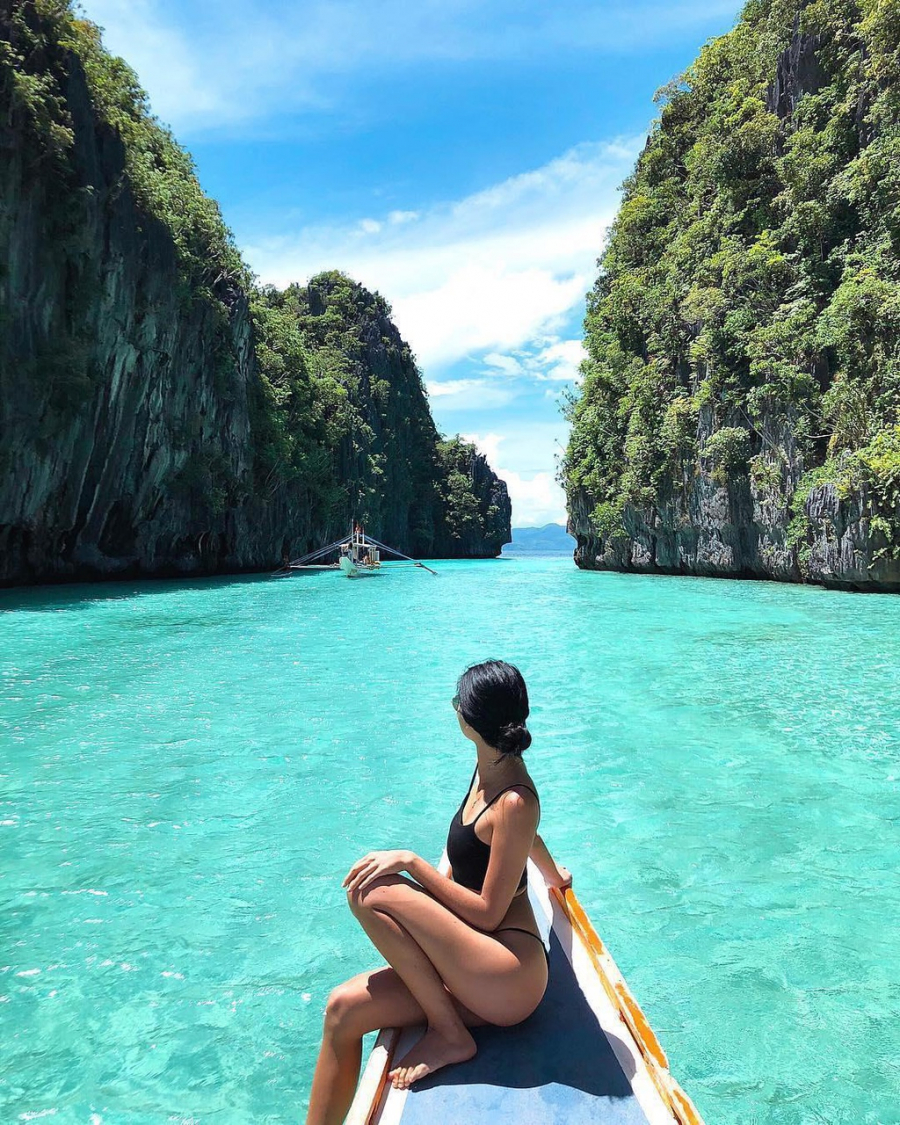
The “road” leading into Big Lagoon is filled with the green of dense tree canopies flanked by towering cliffs, forming a “gate” suspended in the sky. From the crisscrossing rock crevices, a “sea of green trees” covers the high mountain peaks and then seeps down to the clear blue water. In the dreamy, crystal clear water, schools of fish swim behind the boat tails, and sometimes there are even sea turtles - a lovely world for those who “crave the sea” to seek refuge.
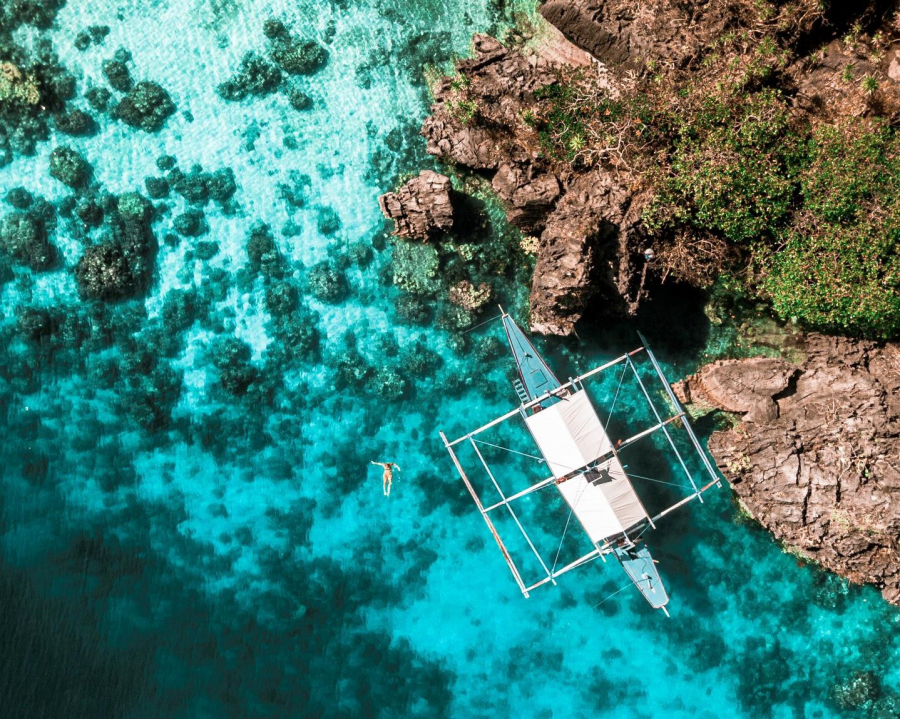
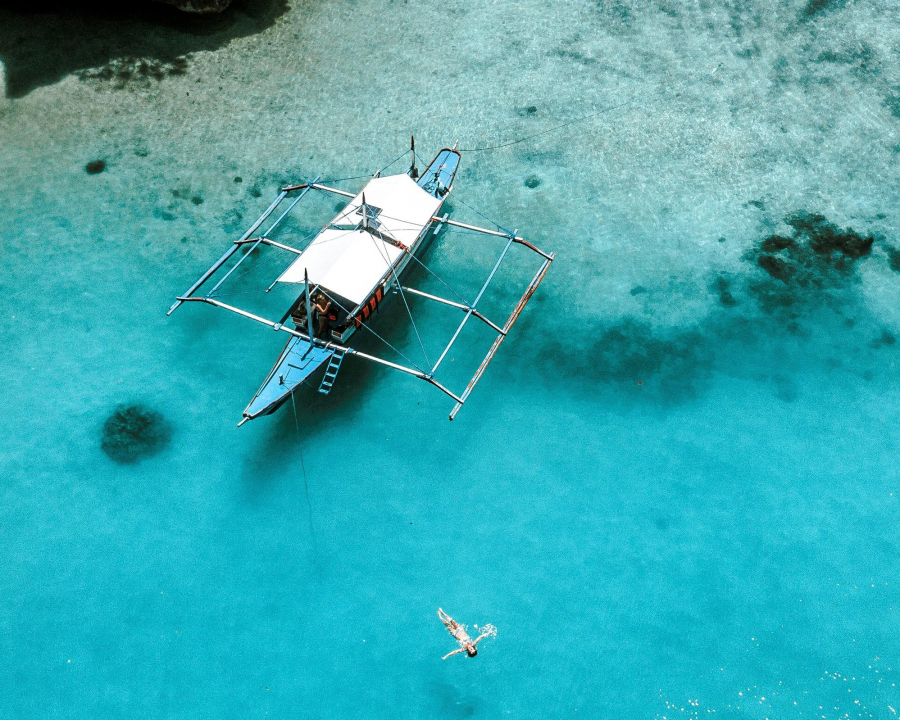
This place attracts tourists not only because of its breathtaking natural landscape with small beaches and blue water but also because of its majestic limestone cliffs. According to Lonely Planet, kayaking is the best way for tourists to explore and fully enjoy the magical beauty of this place.
Wadi Shab, Oman


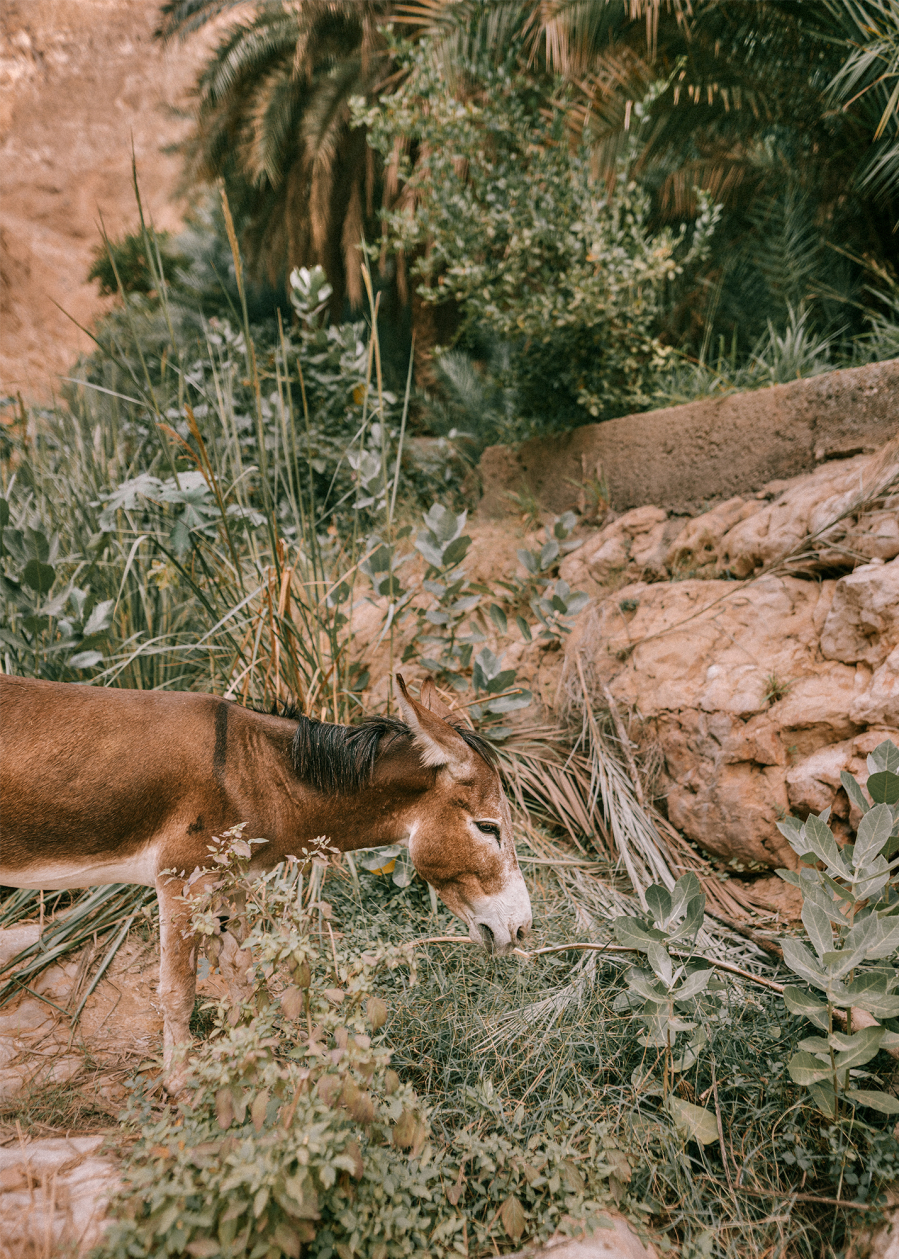
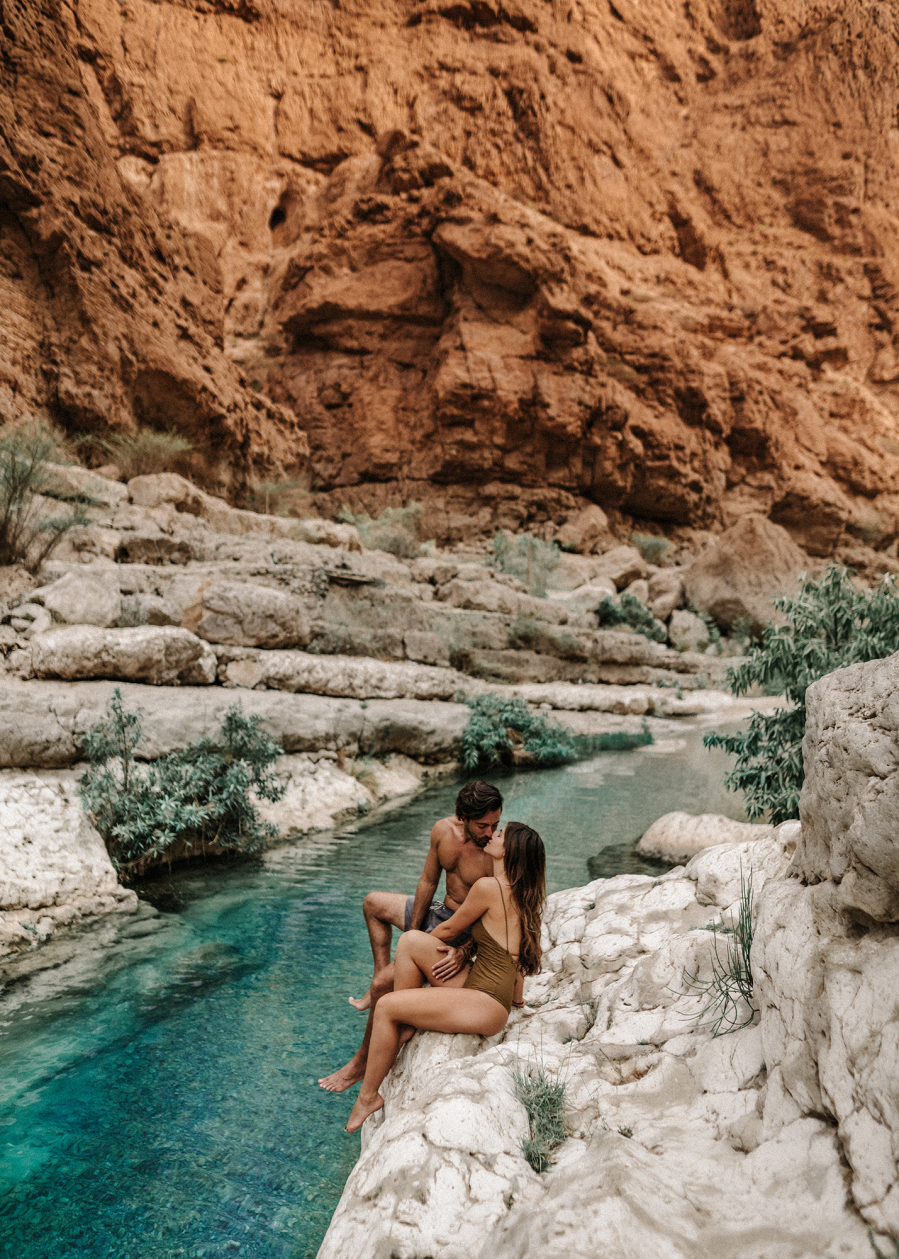
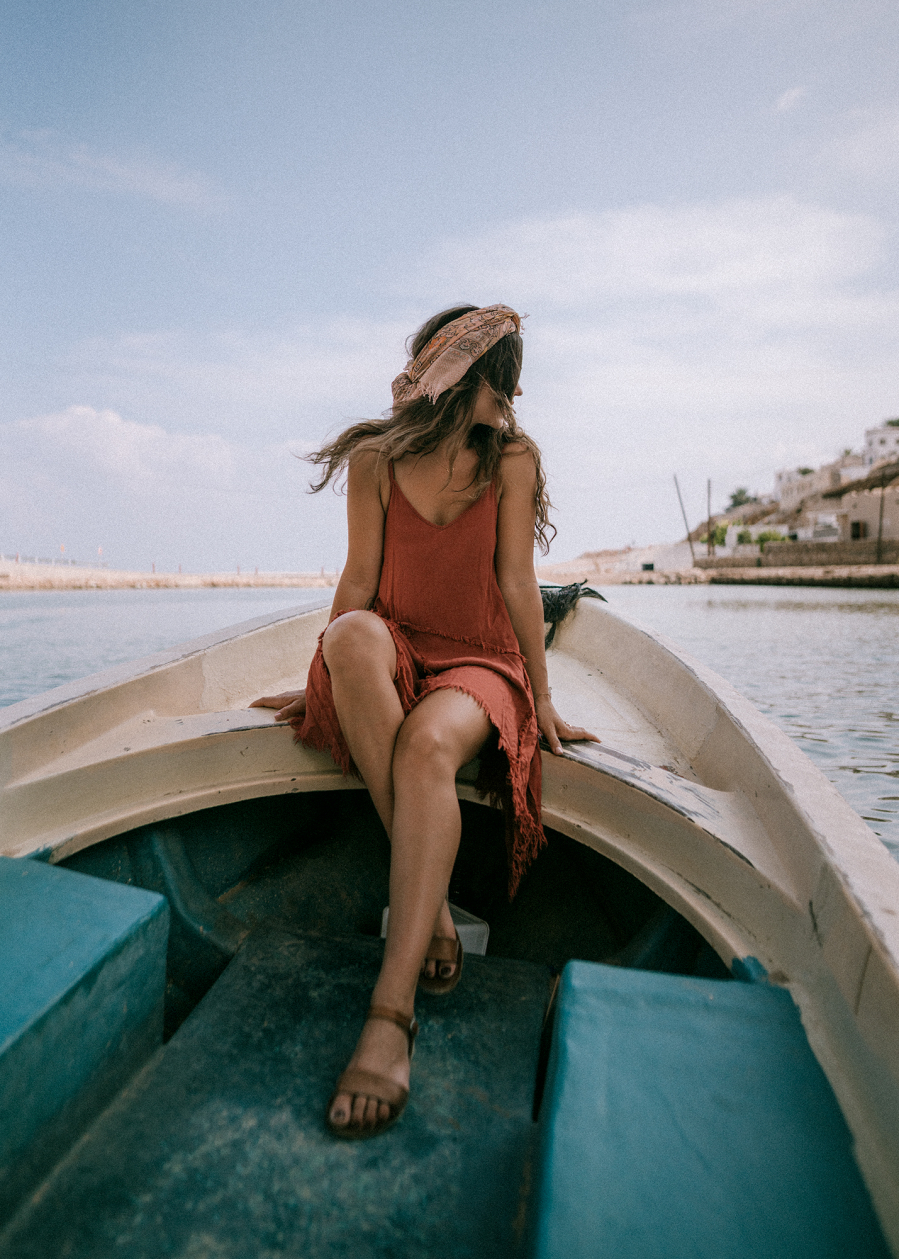
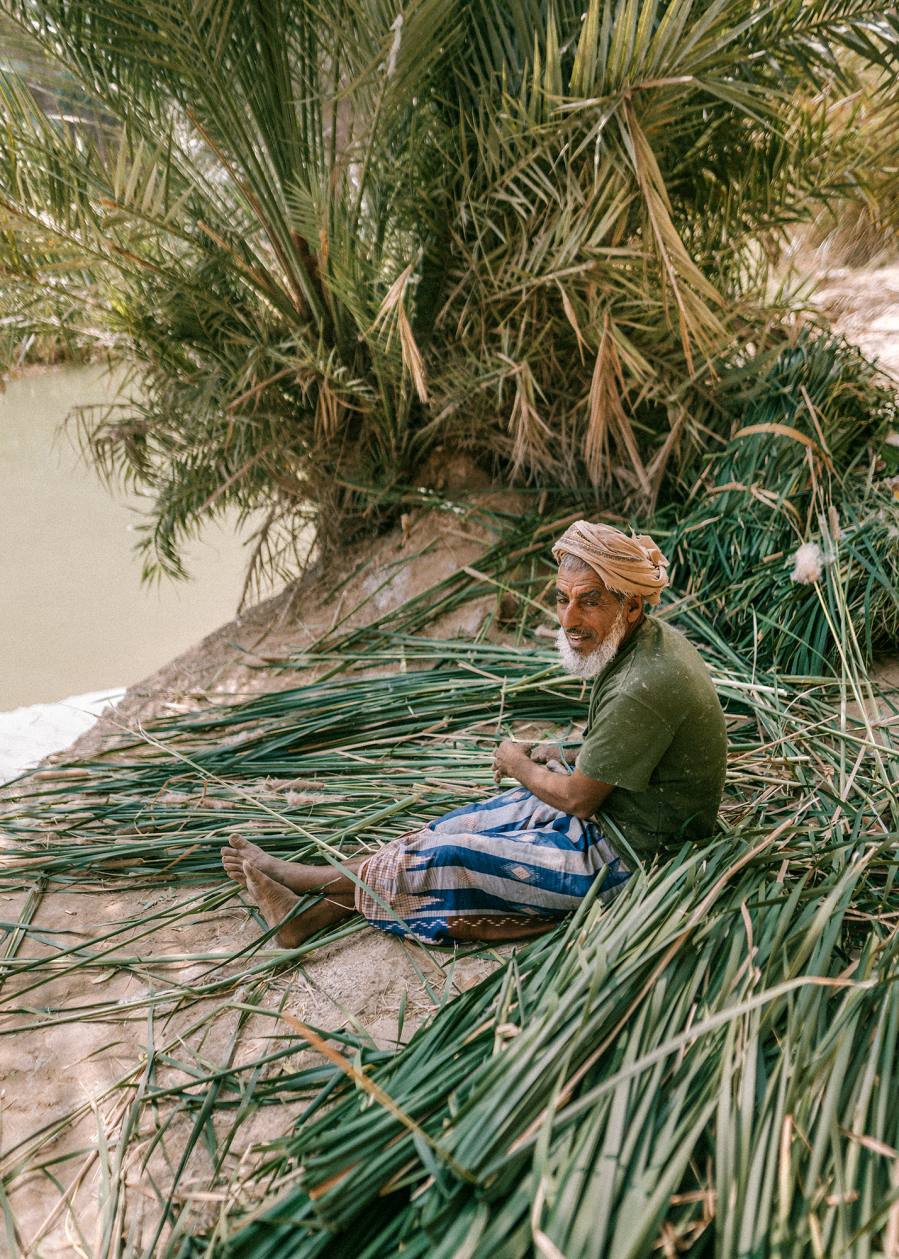
Wadi Shab is a stunning desert oasis located about a 2-hour drive and 40-minute trek from Muscat, Oman’s capital. It is a beautiful freshwater lake dotted with lush palm trees. A stroll around the lake will bring you a rare sense of peace.
Pamukkale, Türkiye
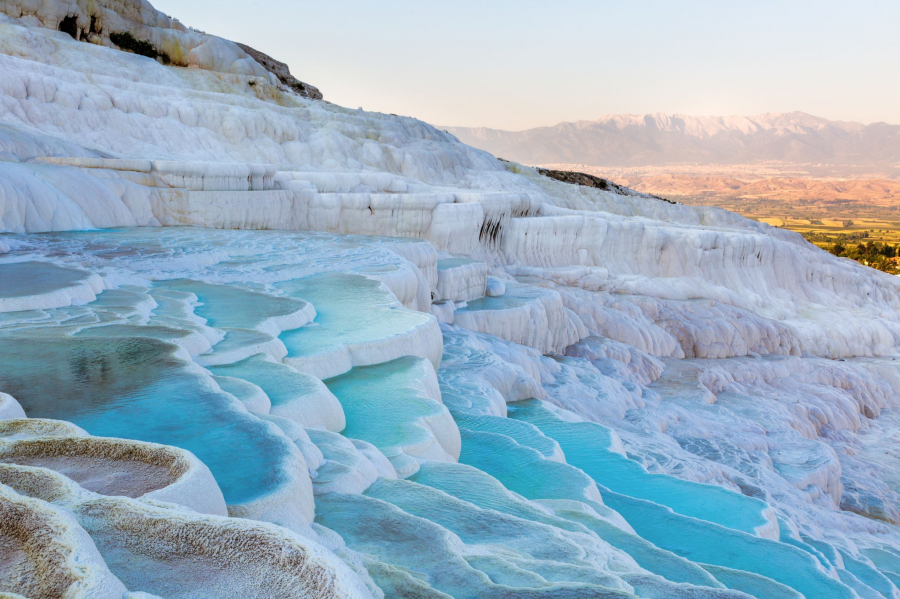
Pamukkale, also known as “cotton castle”, a famous tourist destination in Türkiye, is also a rare water wonder. And the terrain here is really like its name, unique limestone stalactites are created and underground springs naturally flow clear blue and rich in minerals. In this area there are about 17 hot springs that have the effect of curing many different diseases.
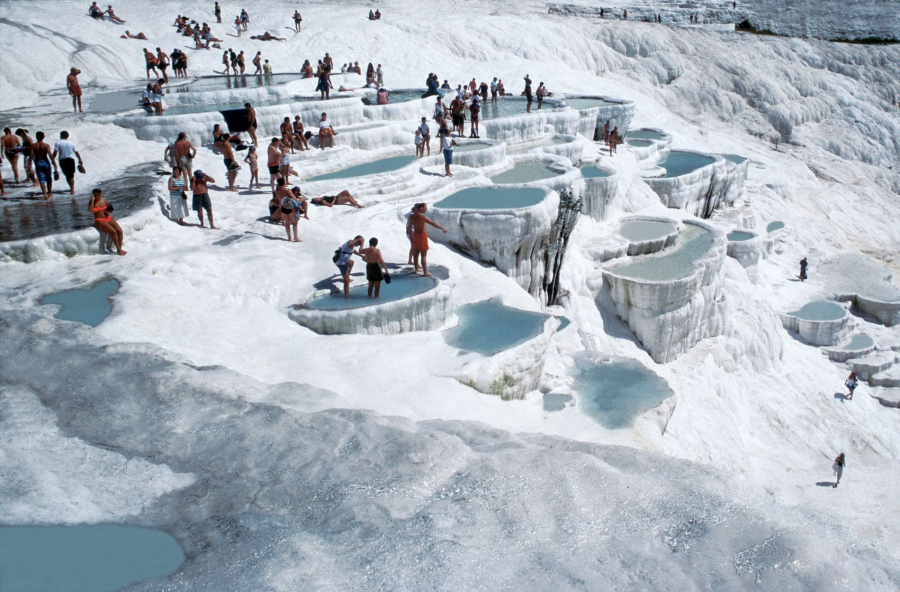

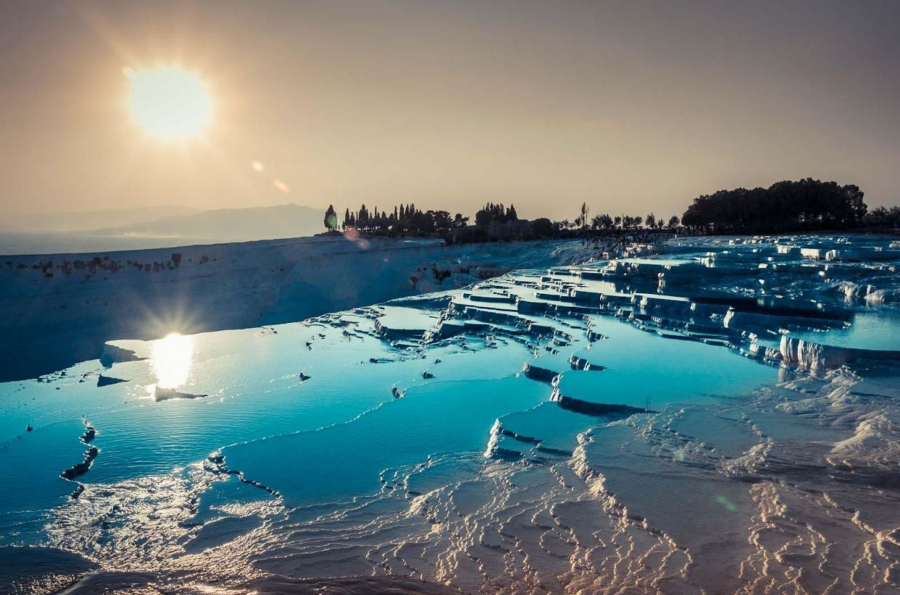
Lonely Planet describes the beauty of this place as if it were in a science fiction movie. From afar, Pamukkale looks like a snowy mountain stretching 2,700 m on a 160 m high mountainside, taking visitors about 30 minutes to walk from the bottom up. This giant "cotton" block gives visitors a relaxing feeling as if floating among the clouds. The higher up on the hilltop, the more poetic the beauty becomes thanks to the warm sunlight. The snow-white stone steps filled with blue water will captivate any visitor when visiting here.
To Sua Ocean Trench, Samoa
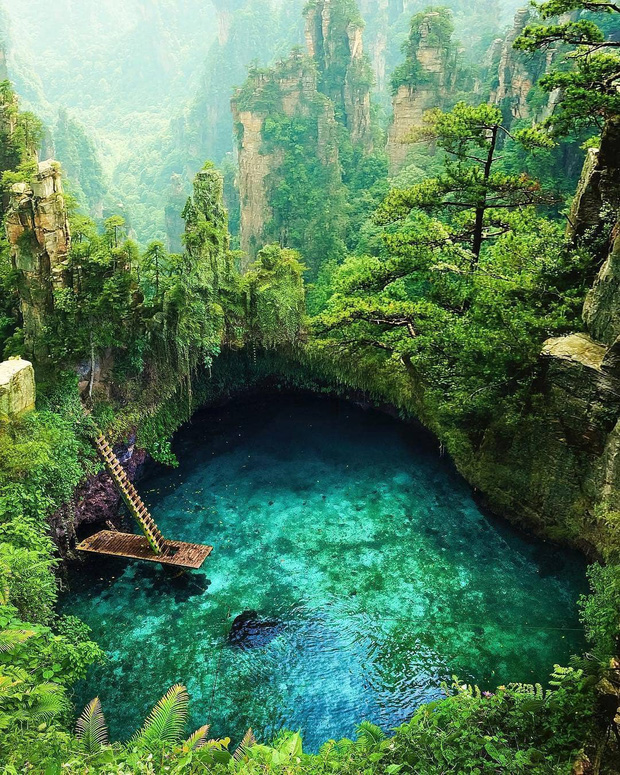
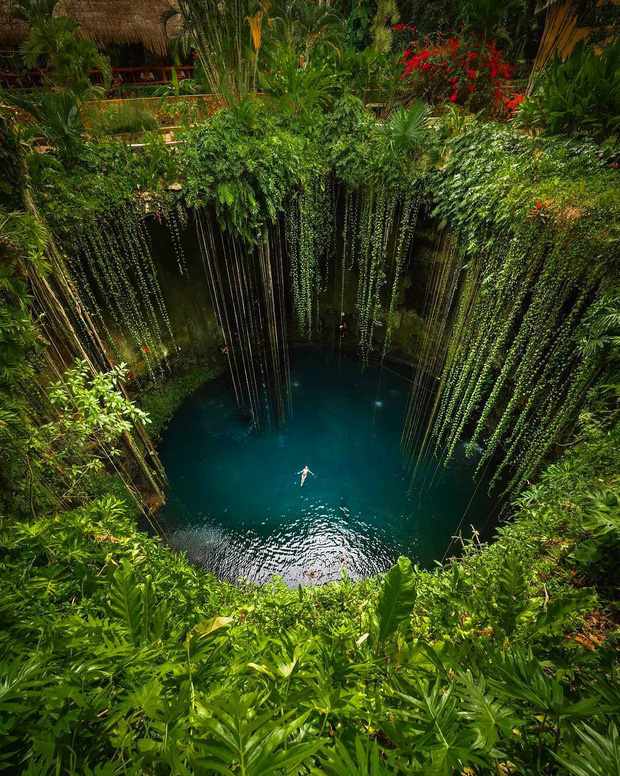
To Sua Ocean Trench, also known as the "giant blue hole", is a beautiful natural lake about 30 m wide in Lotofaga village, located on Upolu Island, Samoa, a country in the South Pacific Ocean. Along with Savaii, Upolu Island is also considered one of the two largest islands of Samoa. This natural lake is likened to a pearl of creation given to the country of Samoa.
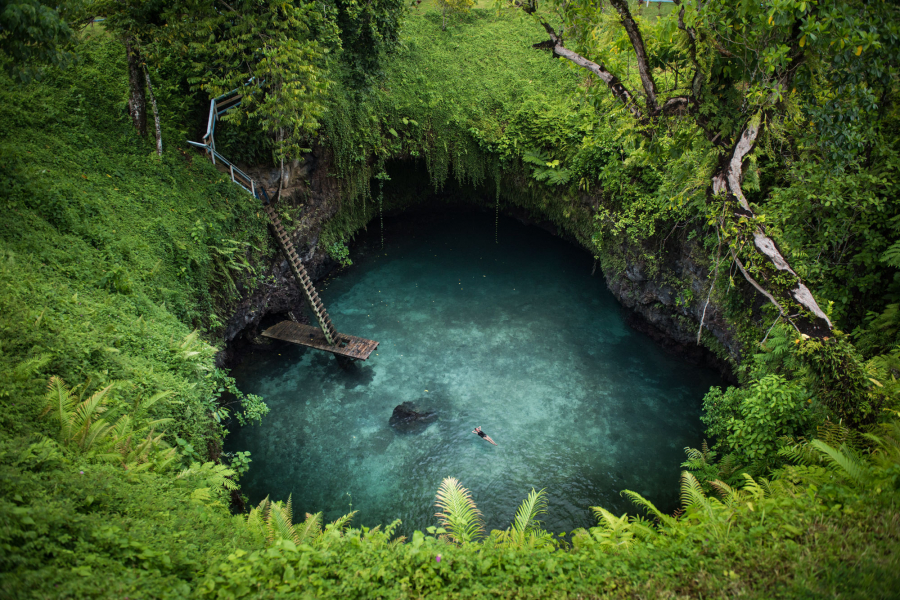
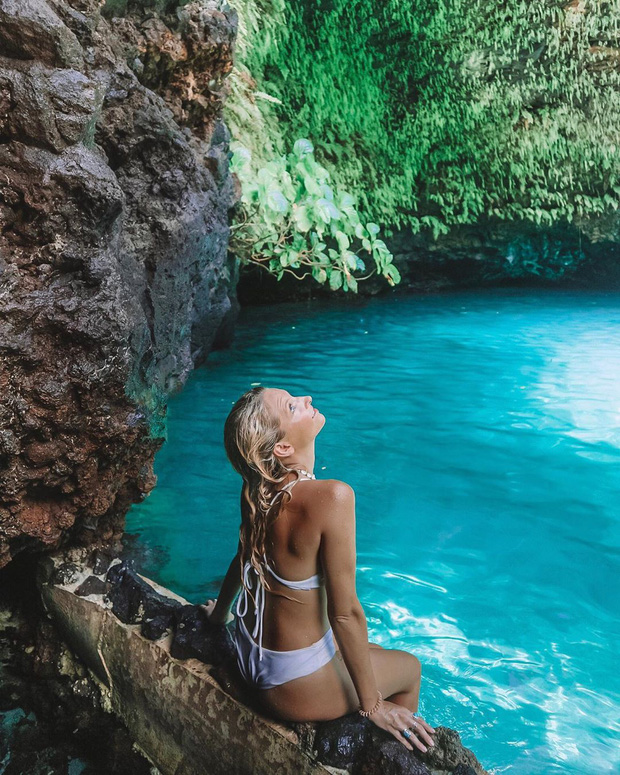

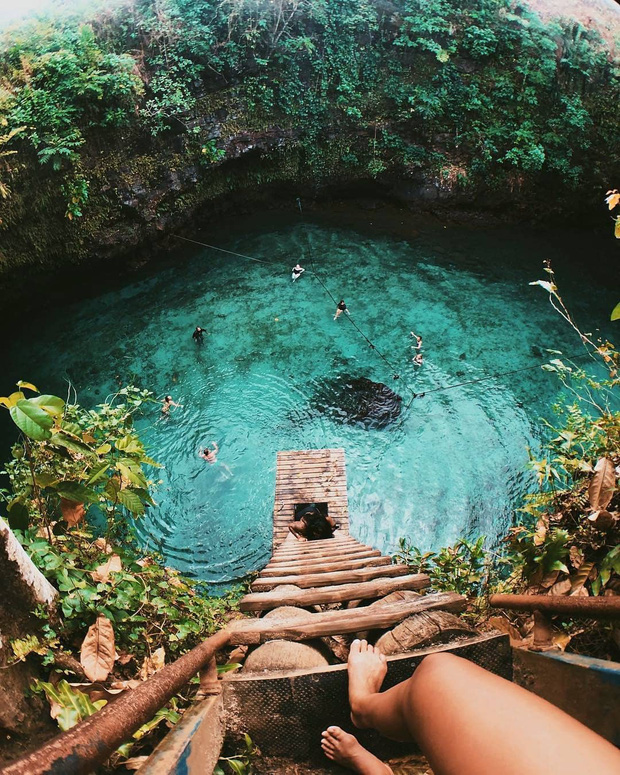
To Sua Ocean Trench was formed after a volcanic eruption on the island caused part of the ground to collapse. The lake is surrounded by a deep green jungle with many lush vines, fragrant flowers and many rare animals. The water in the lake is blue and clear, visitors can see the white sand at the bottom and small fish swimming around. The only way for visitors to swim is to climb down a wooden ladder. This is the perfect place to soak up the Polynesian sun.

 VI
VI EN
EN



